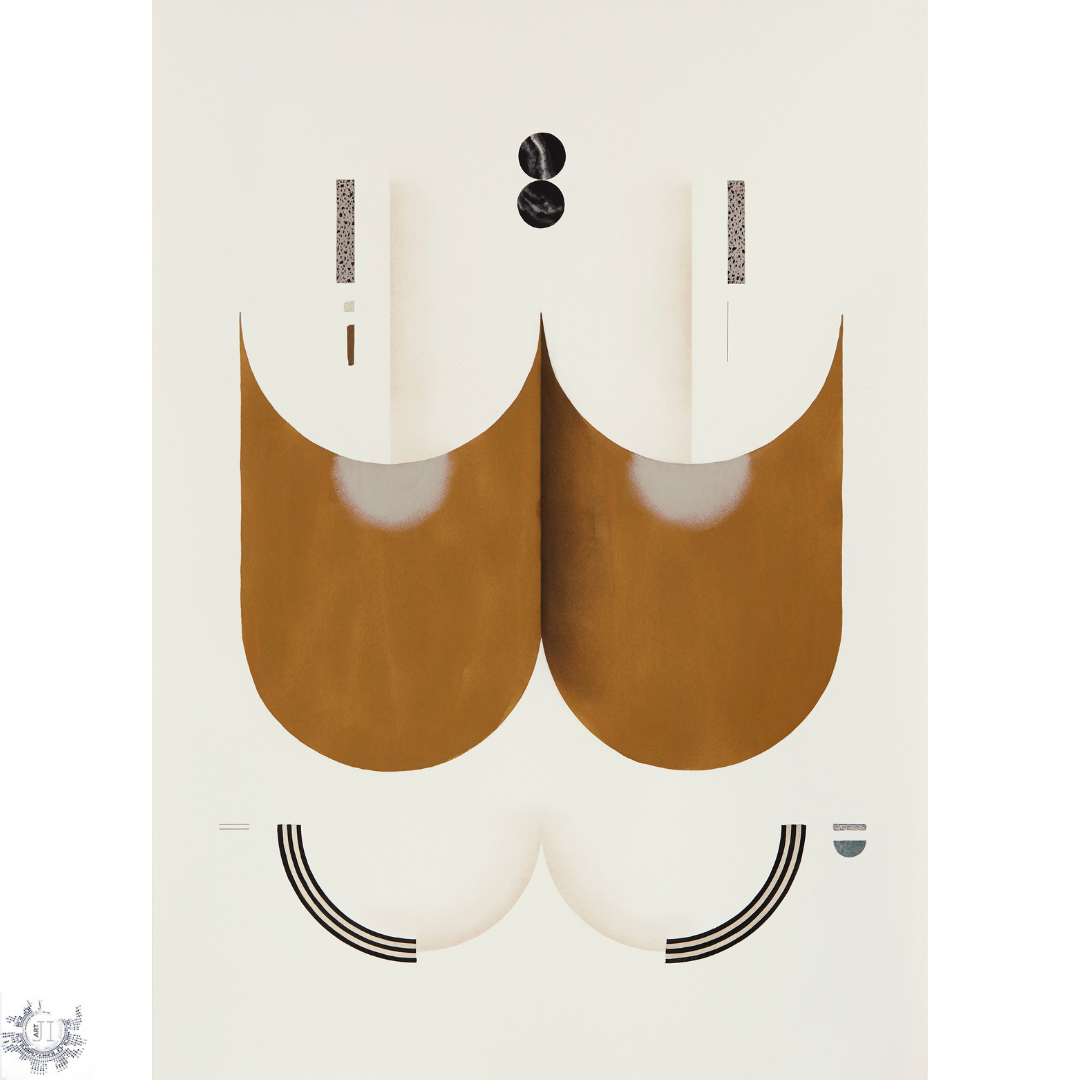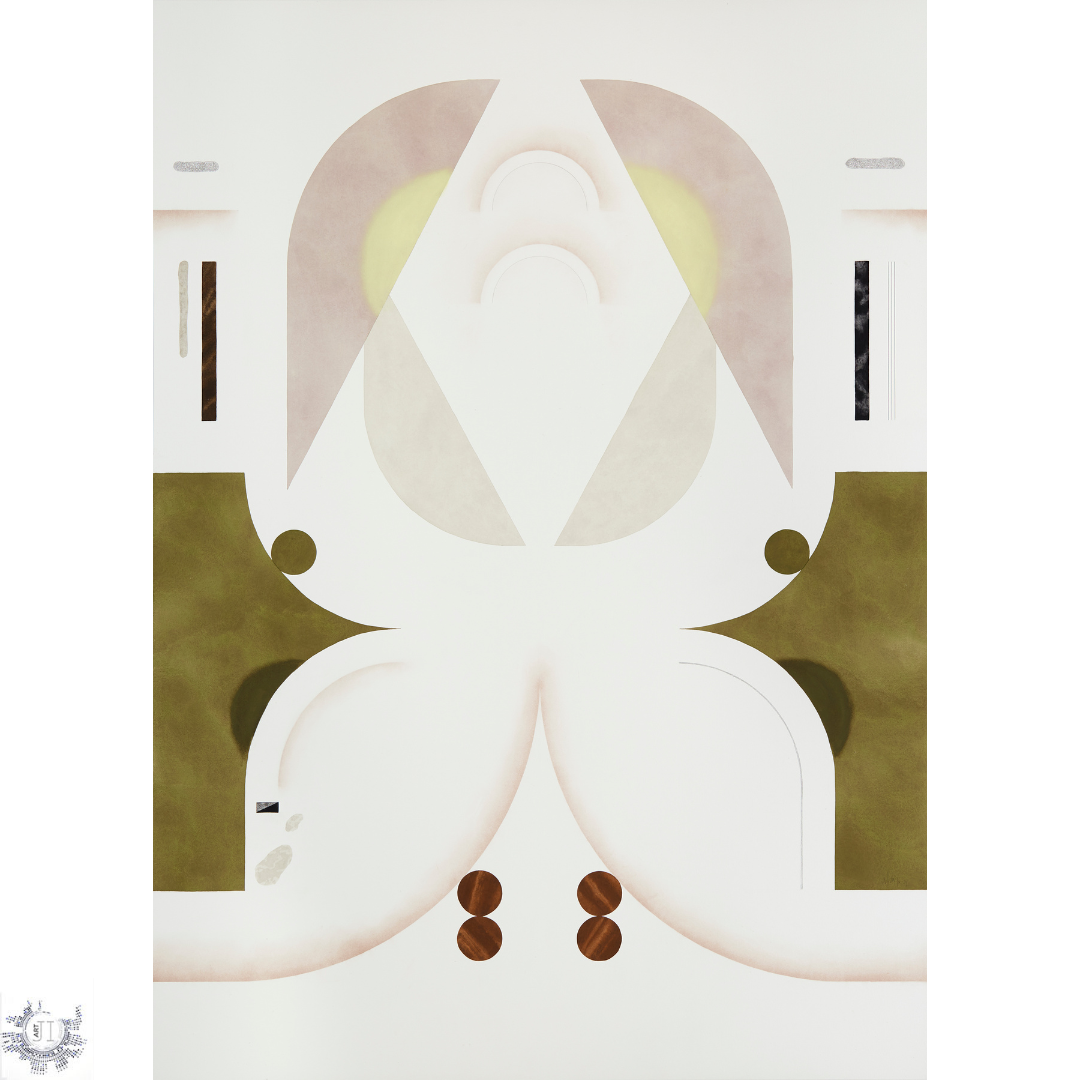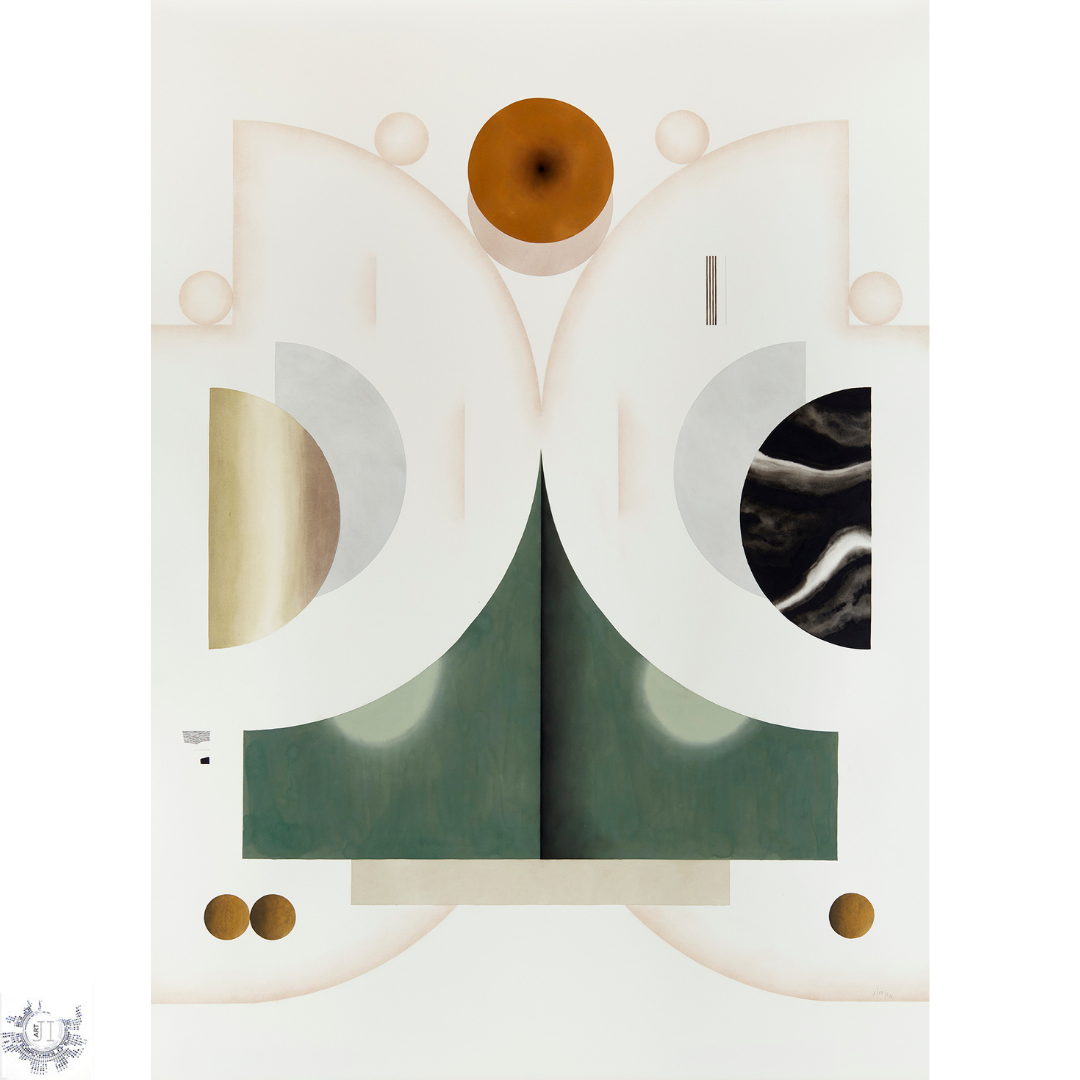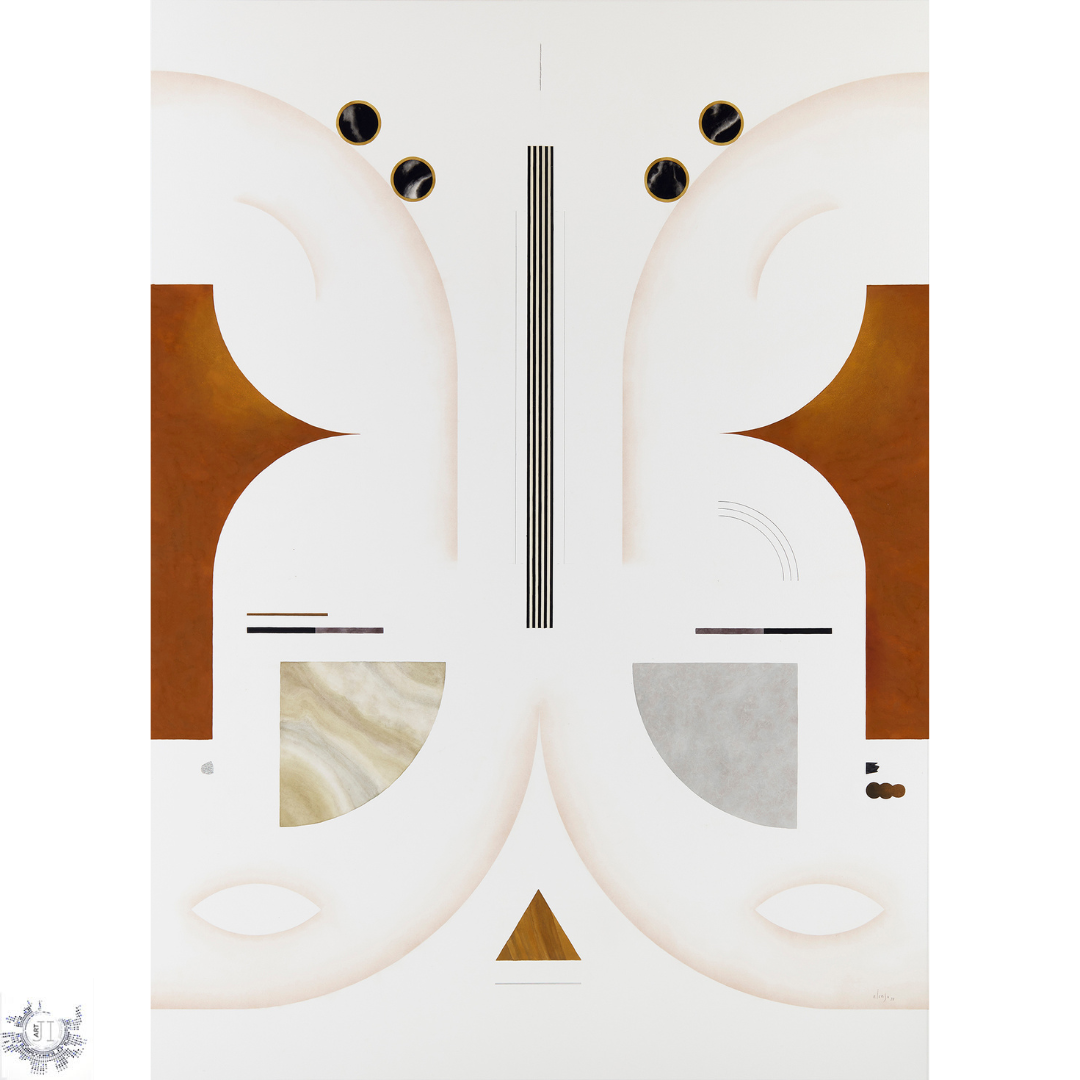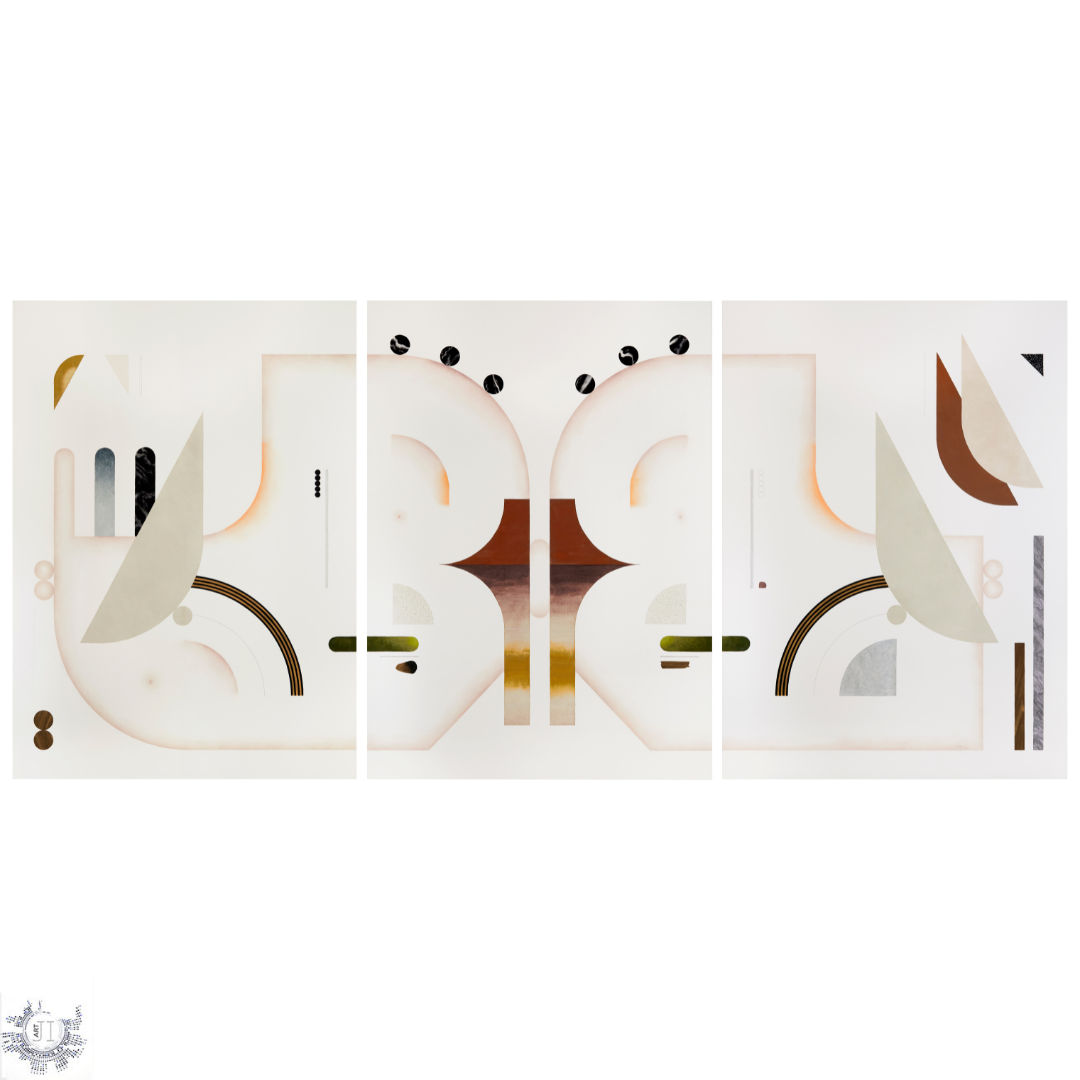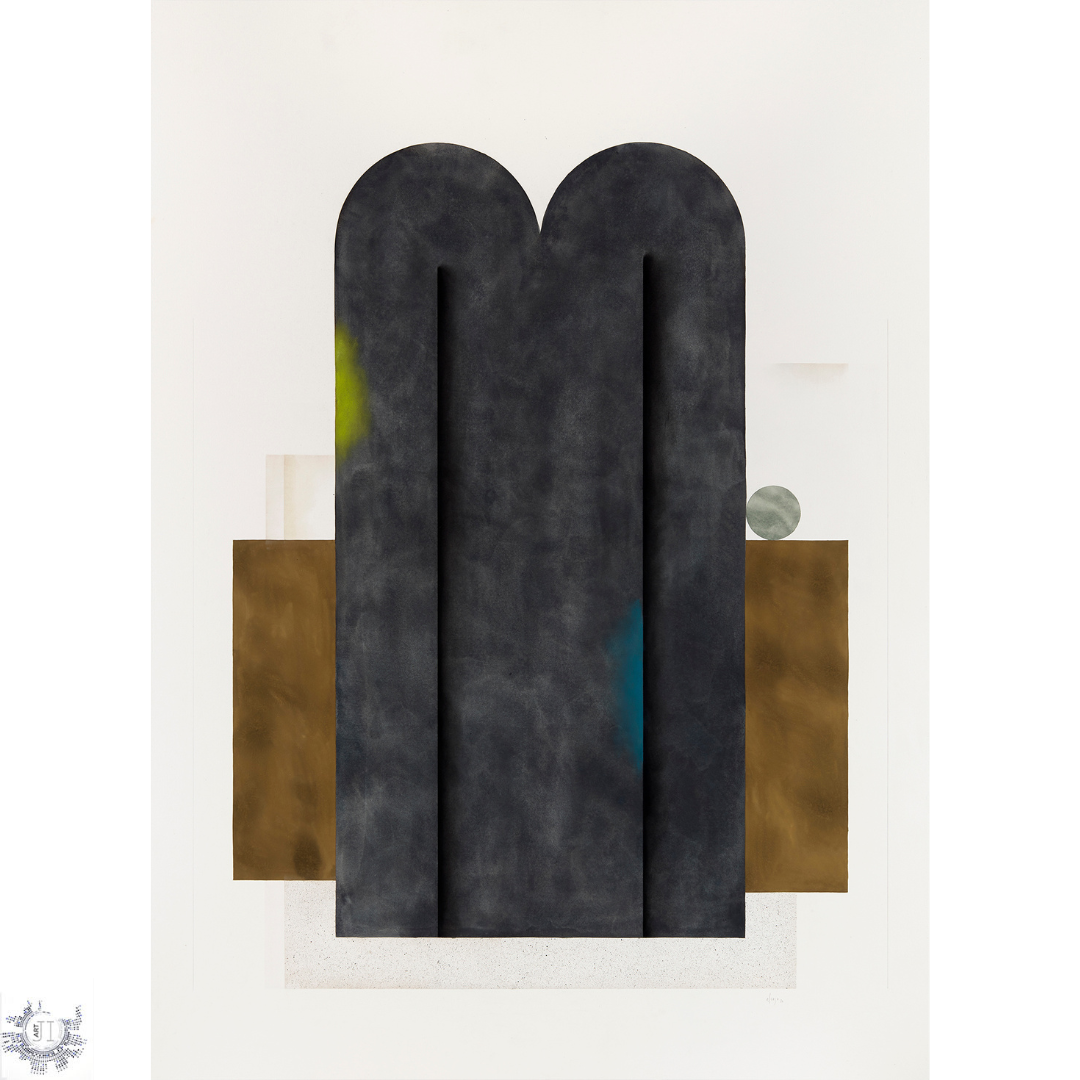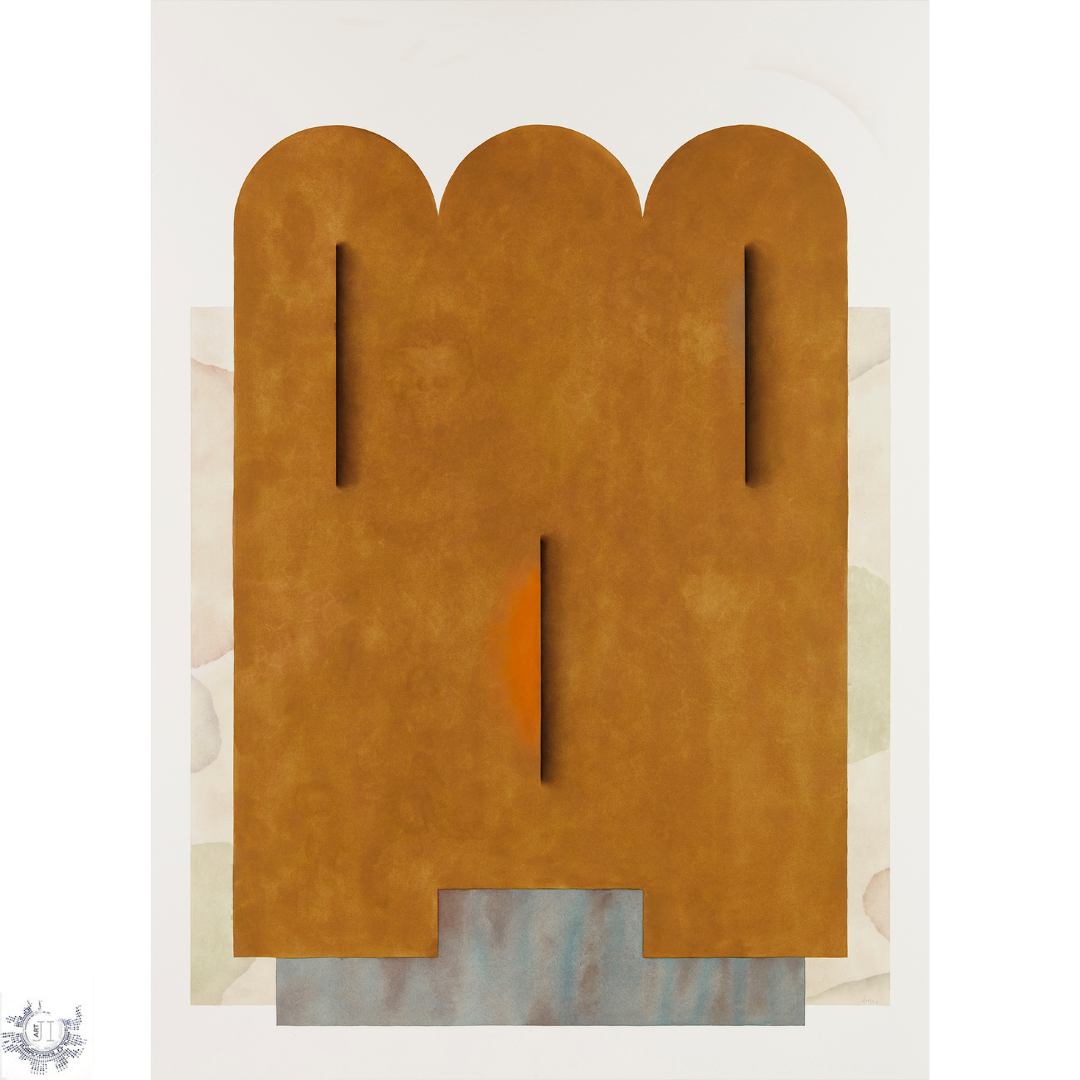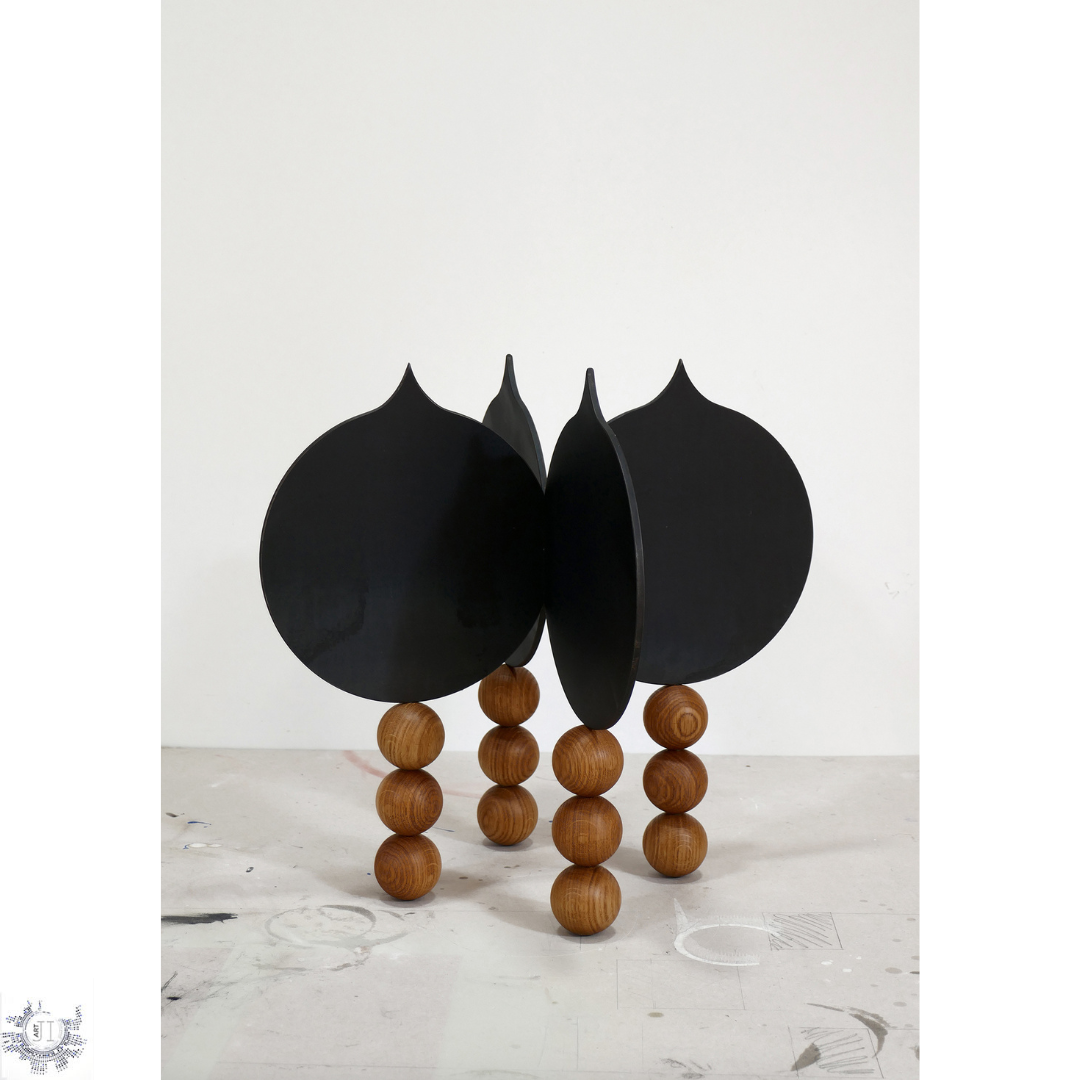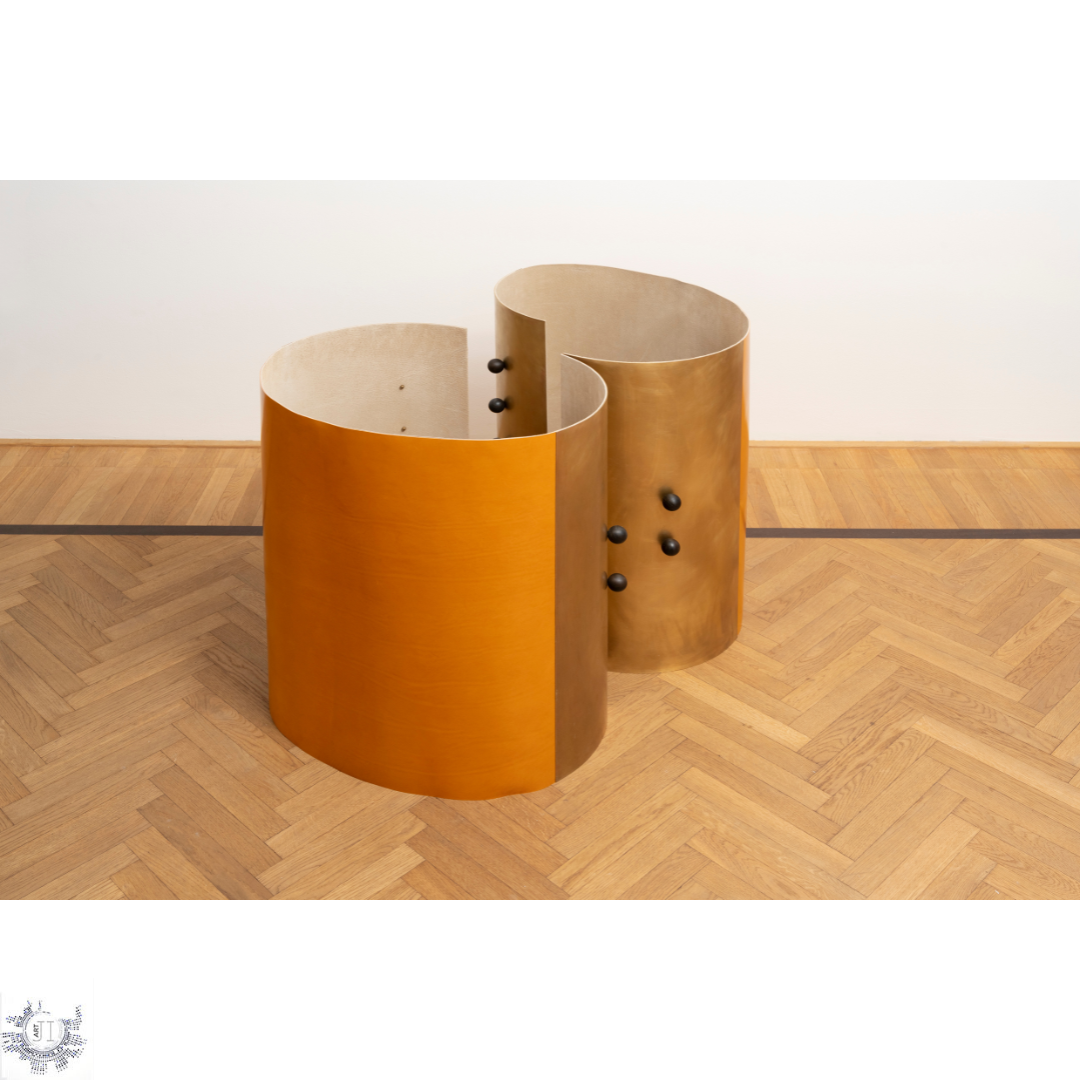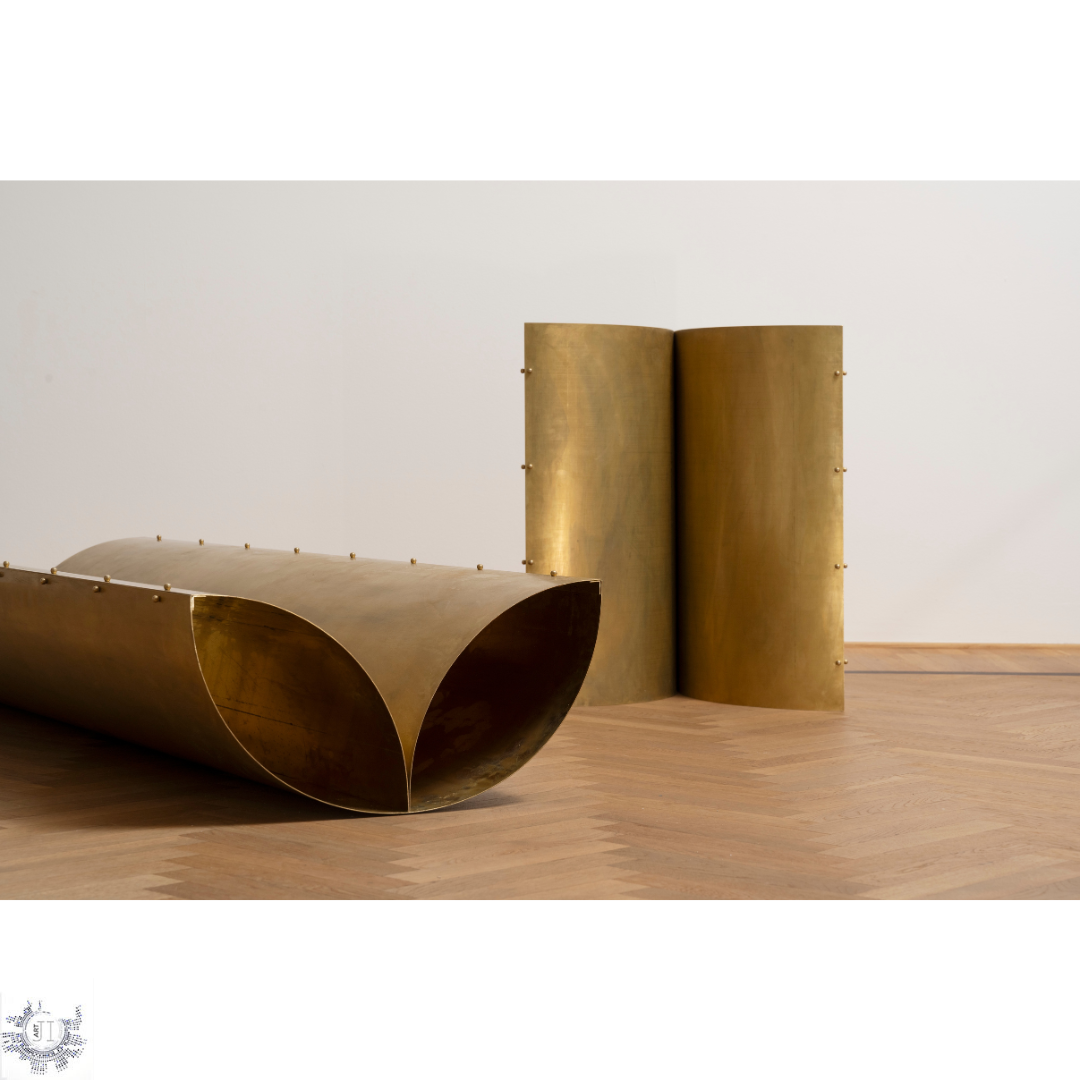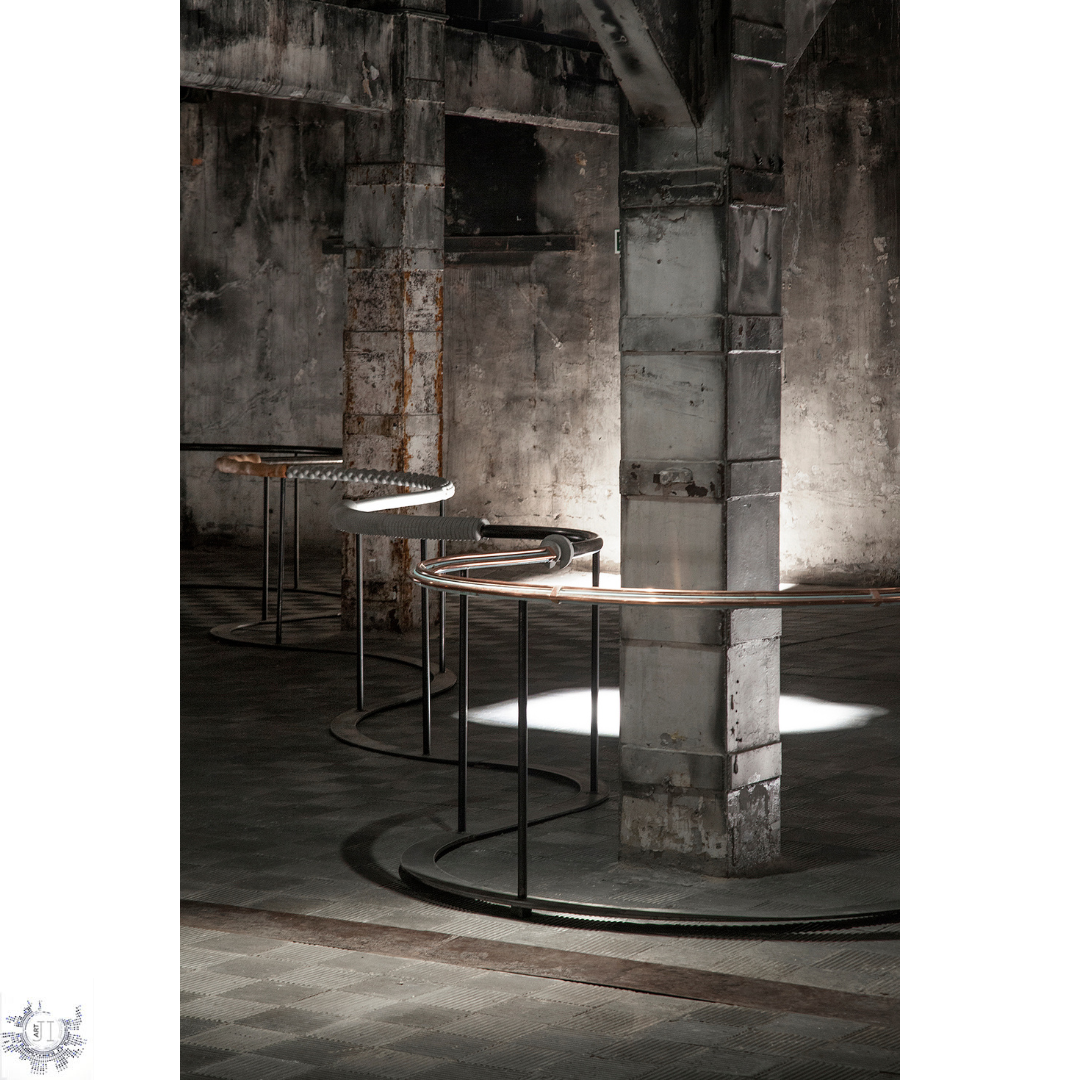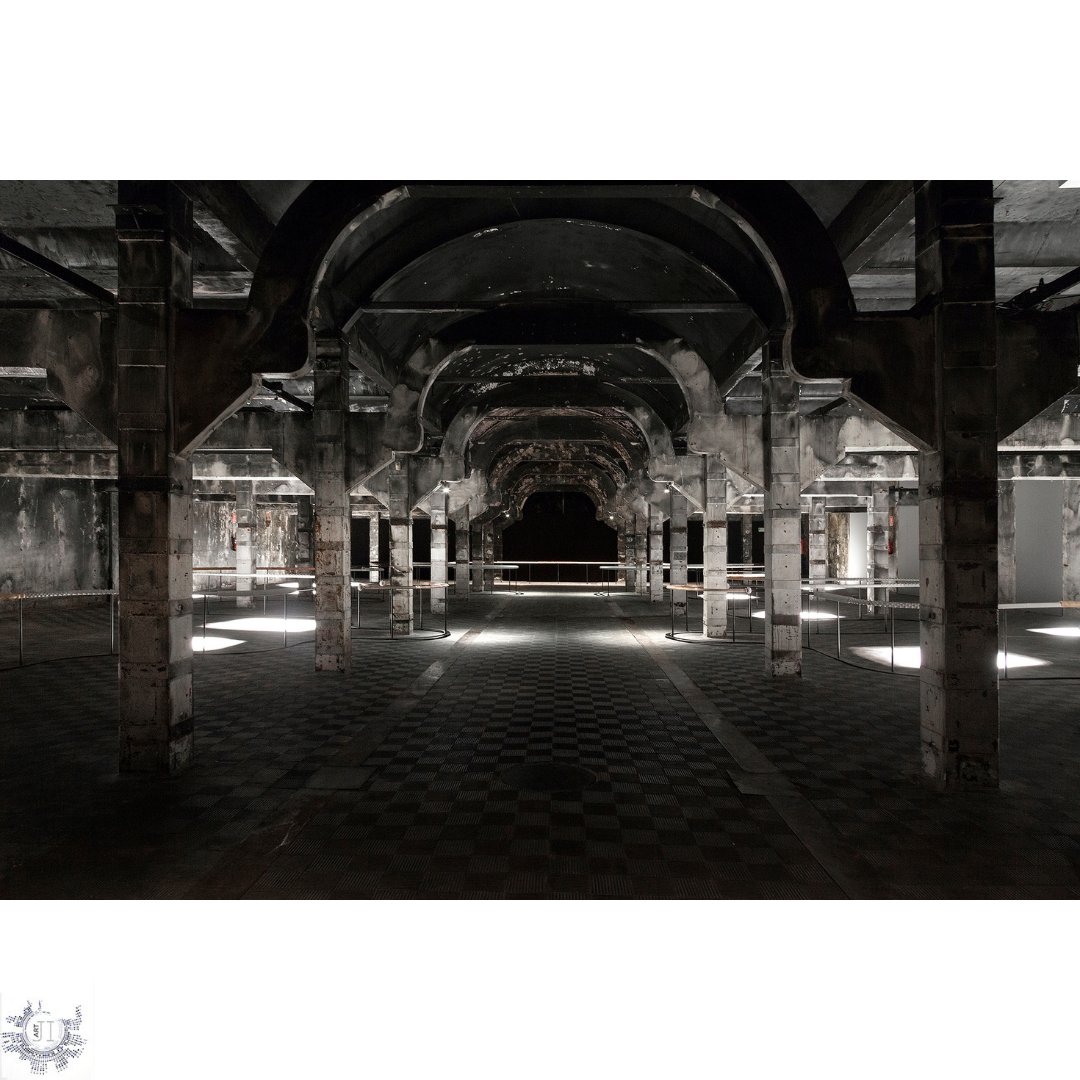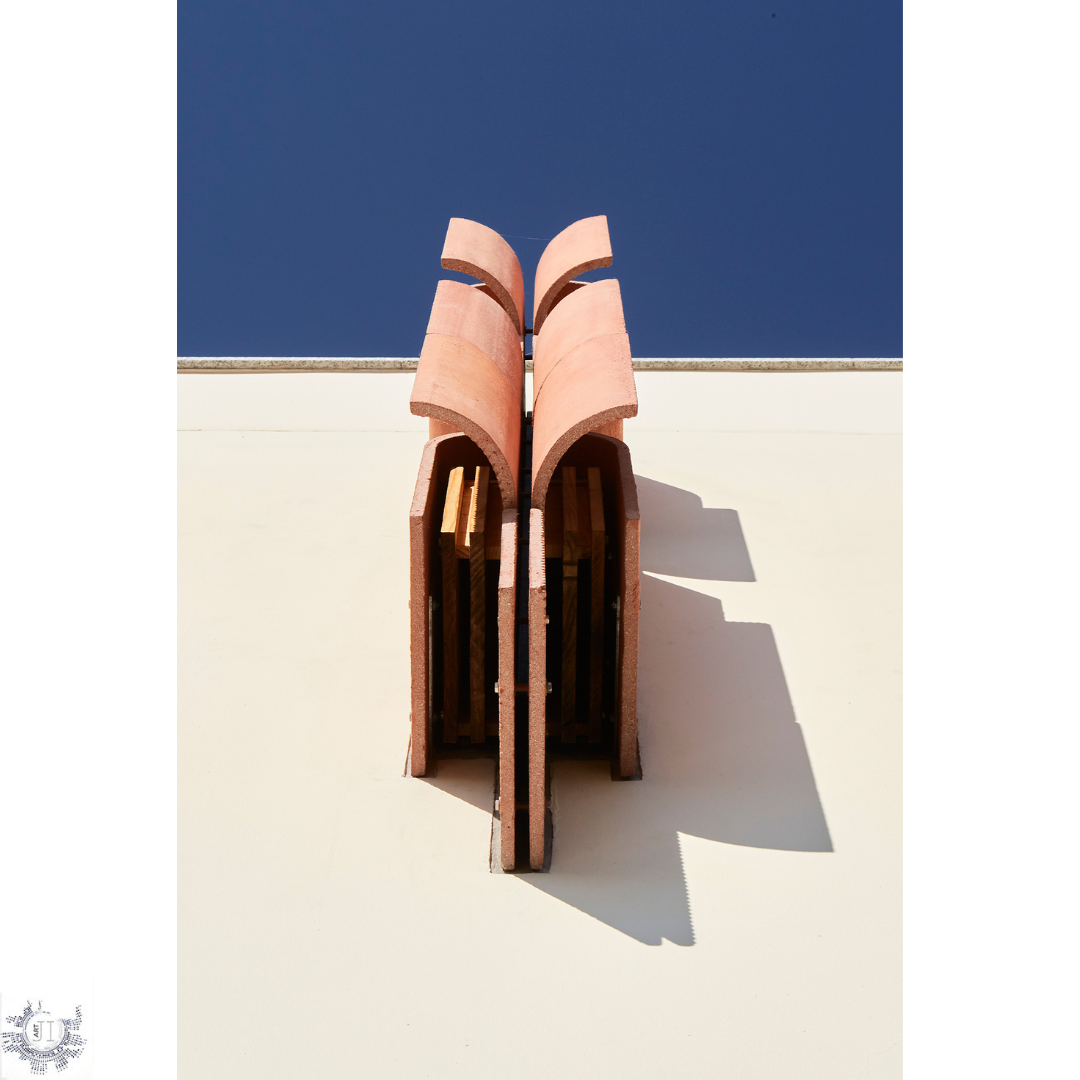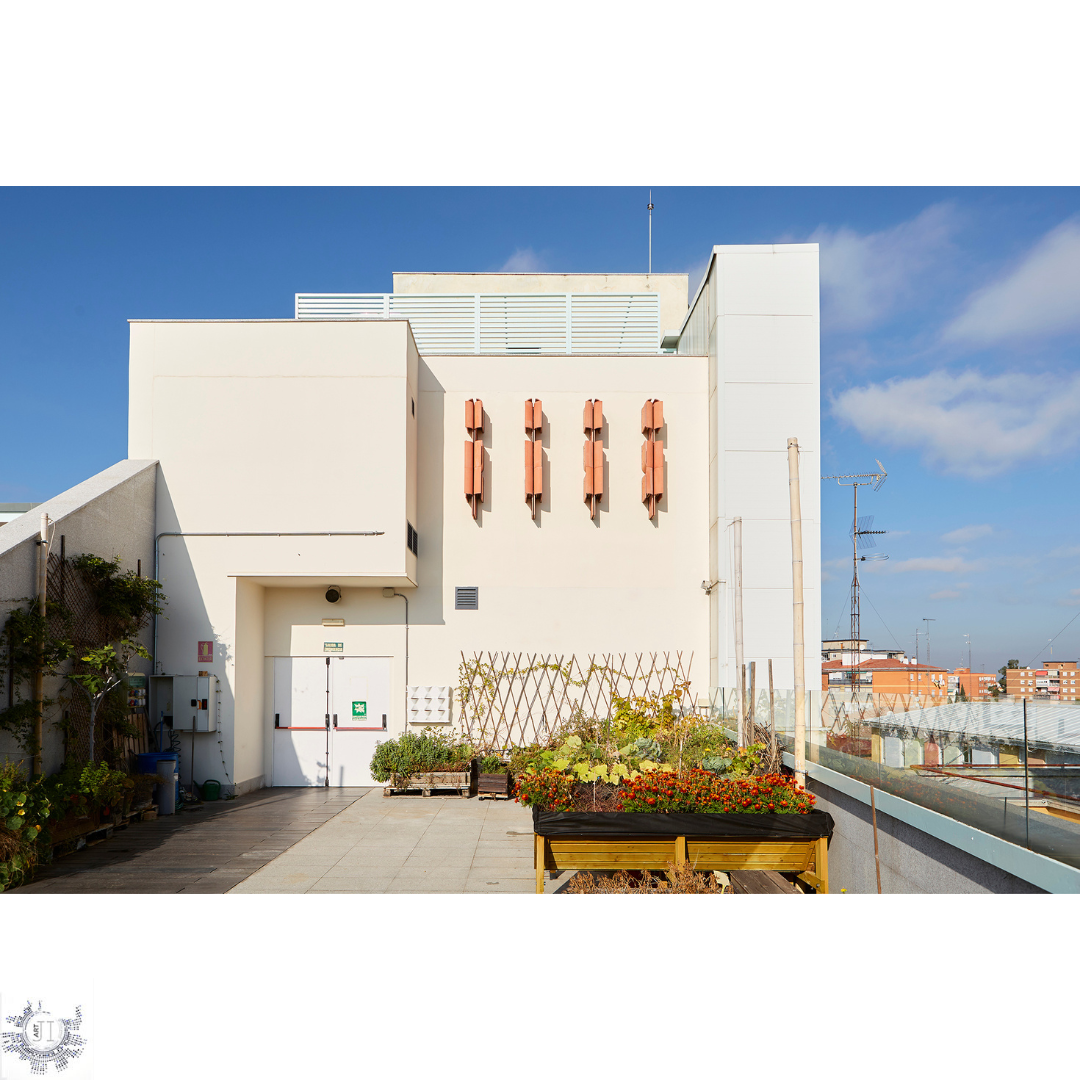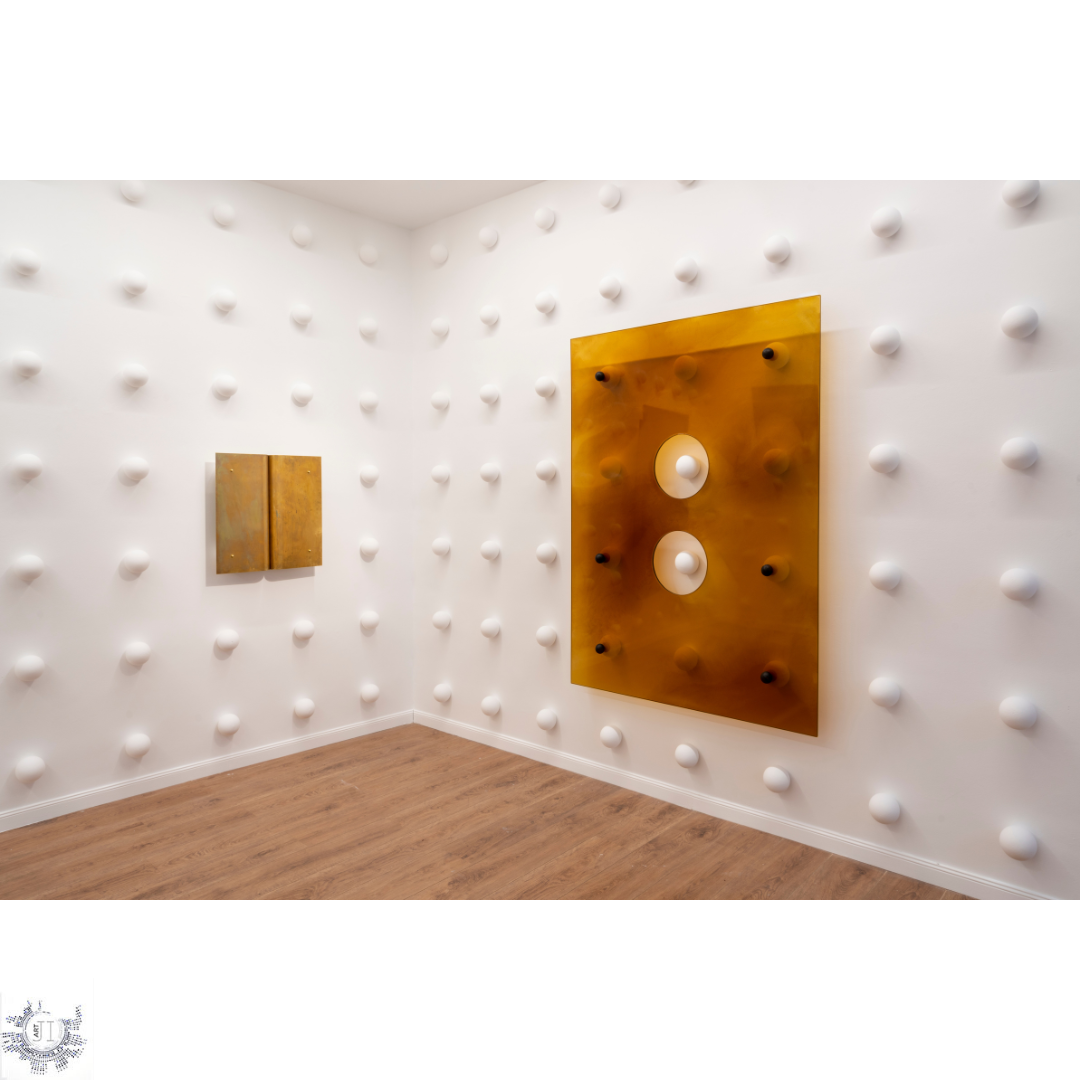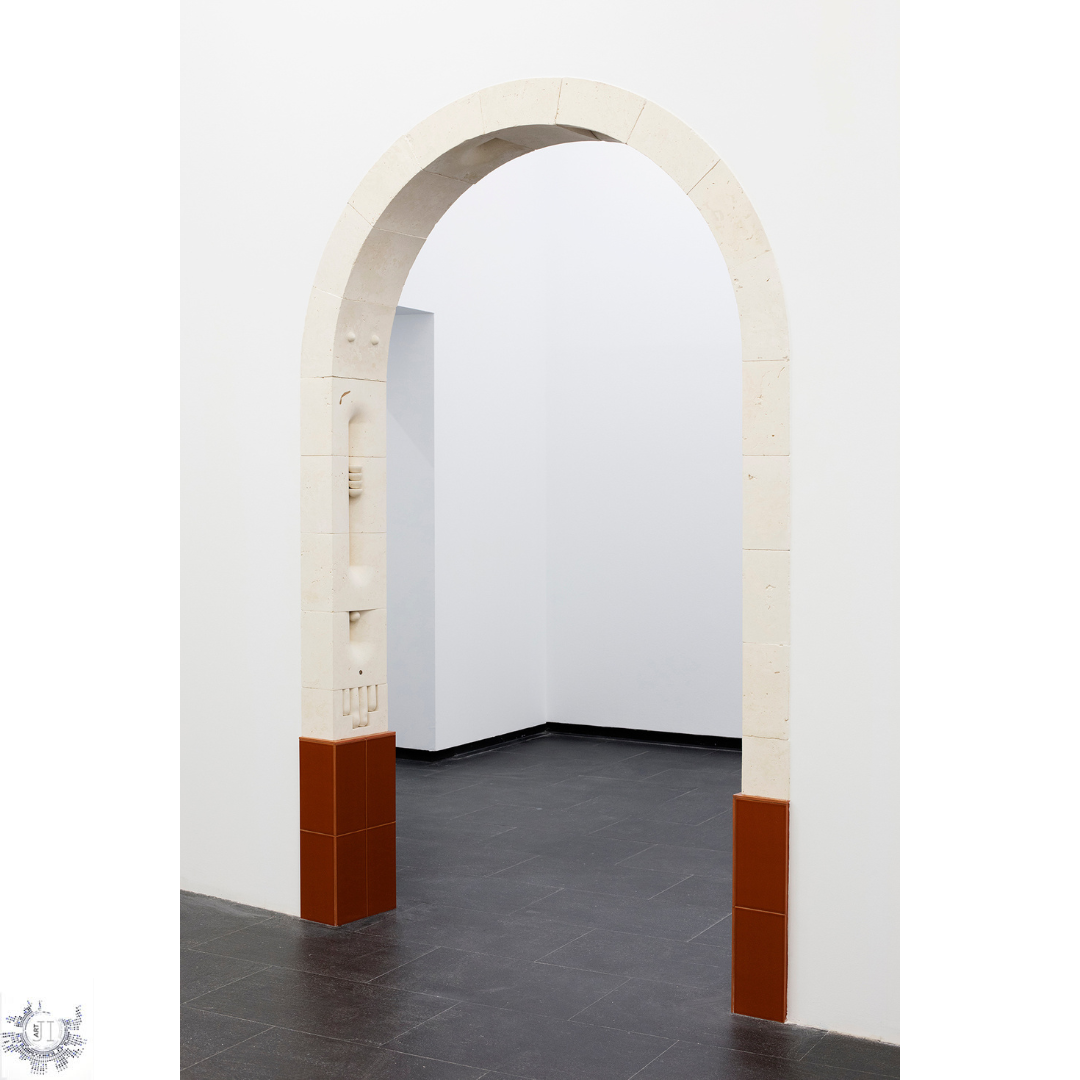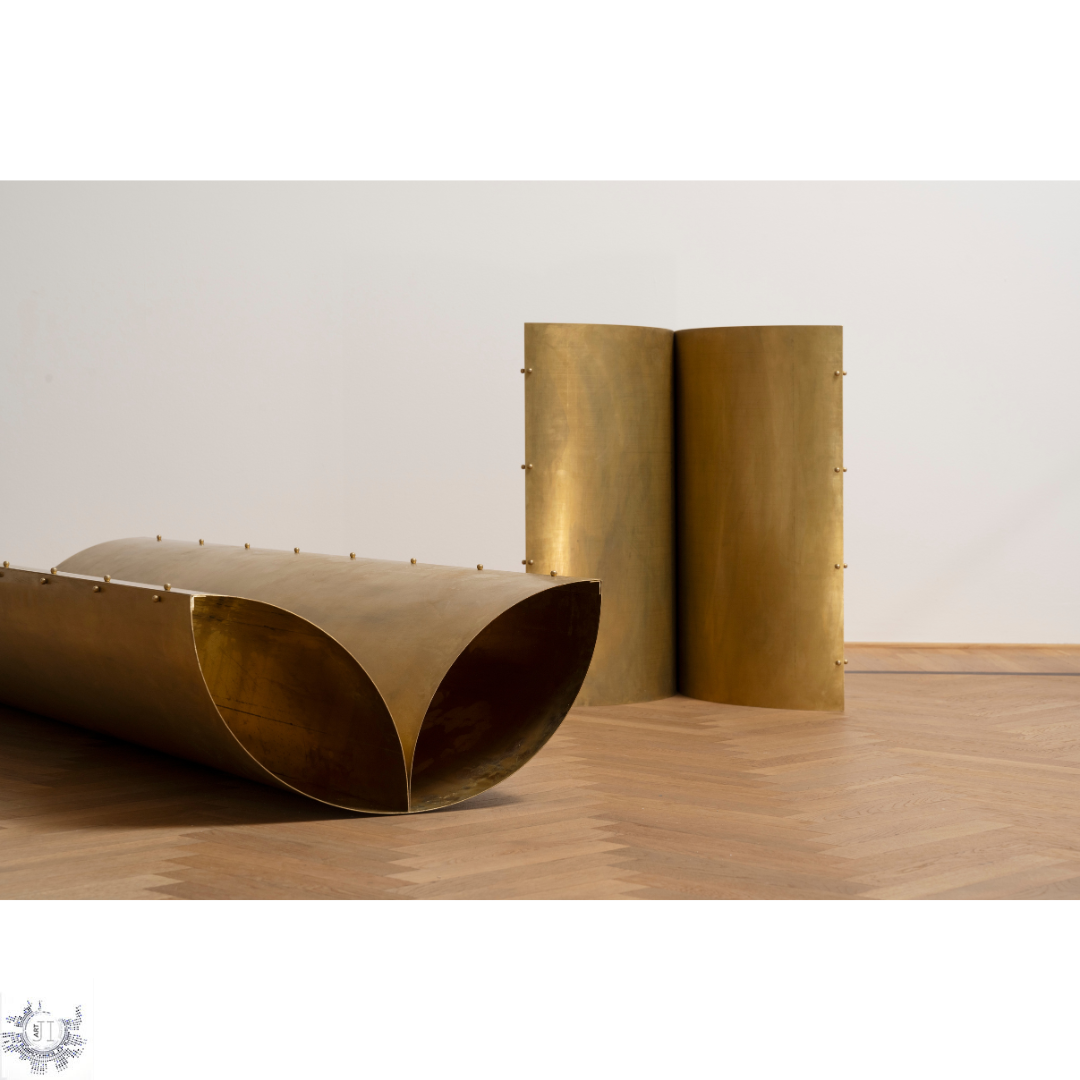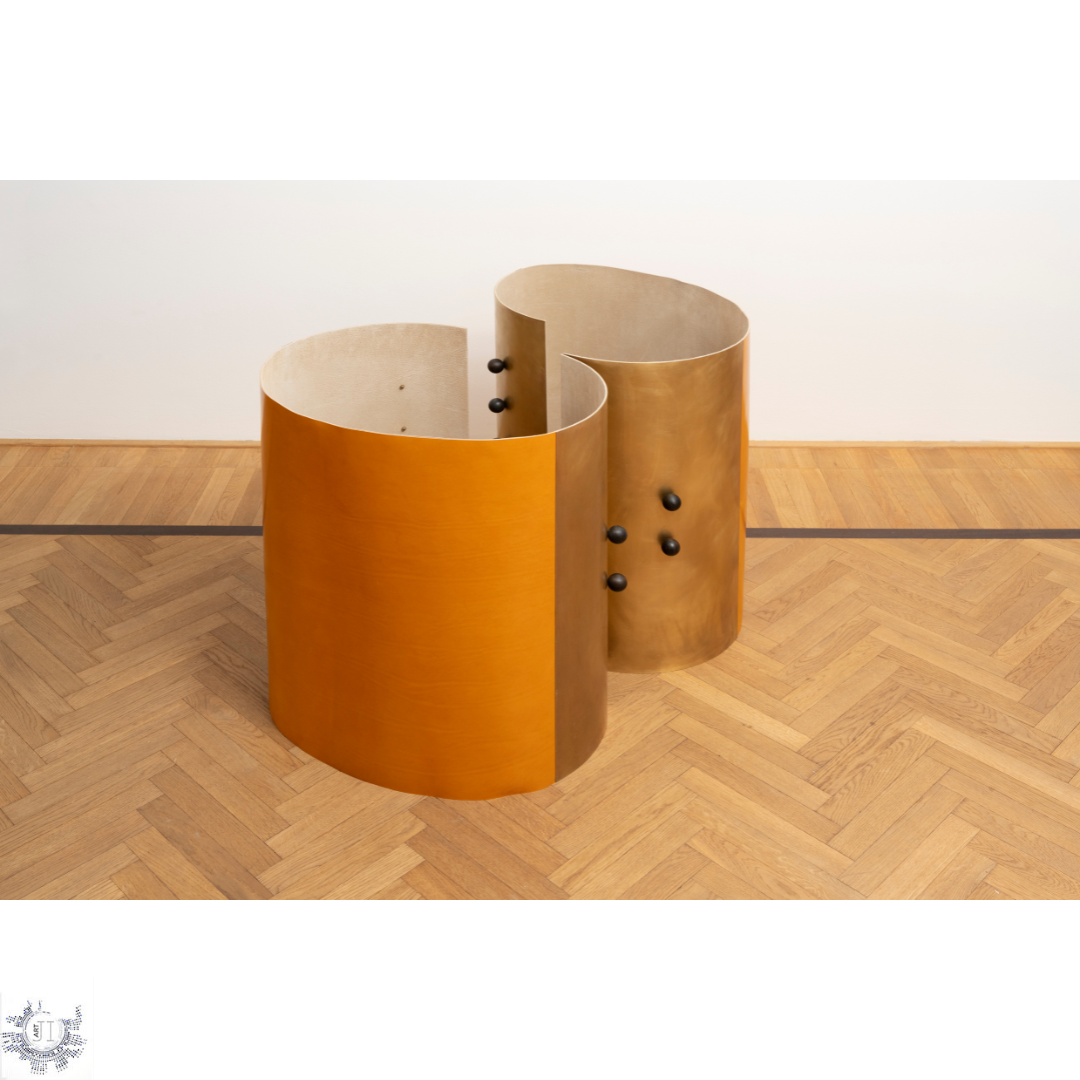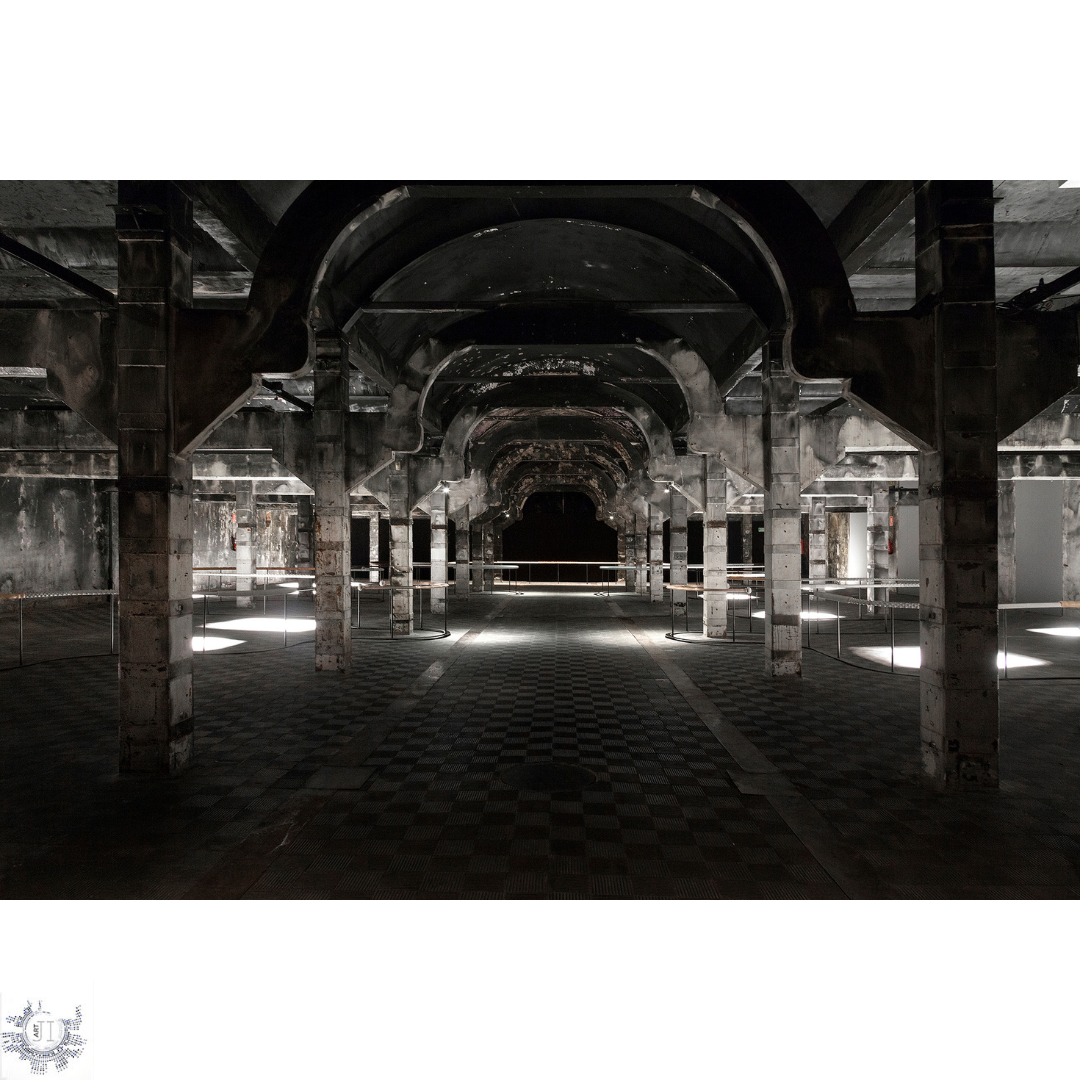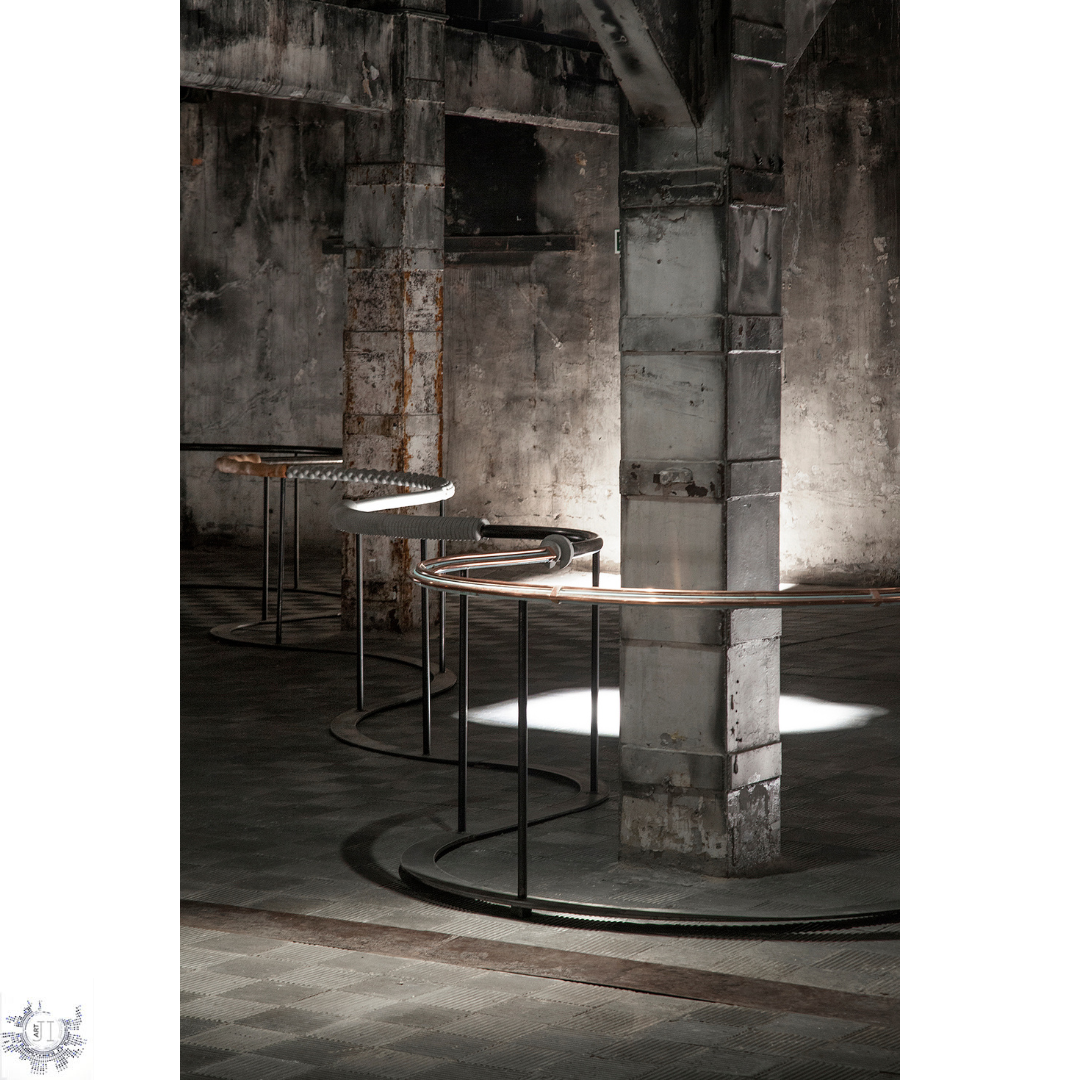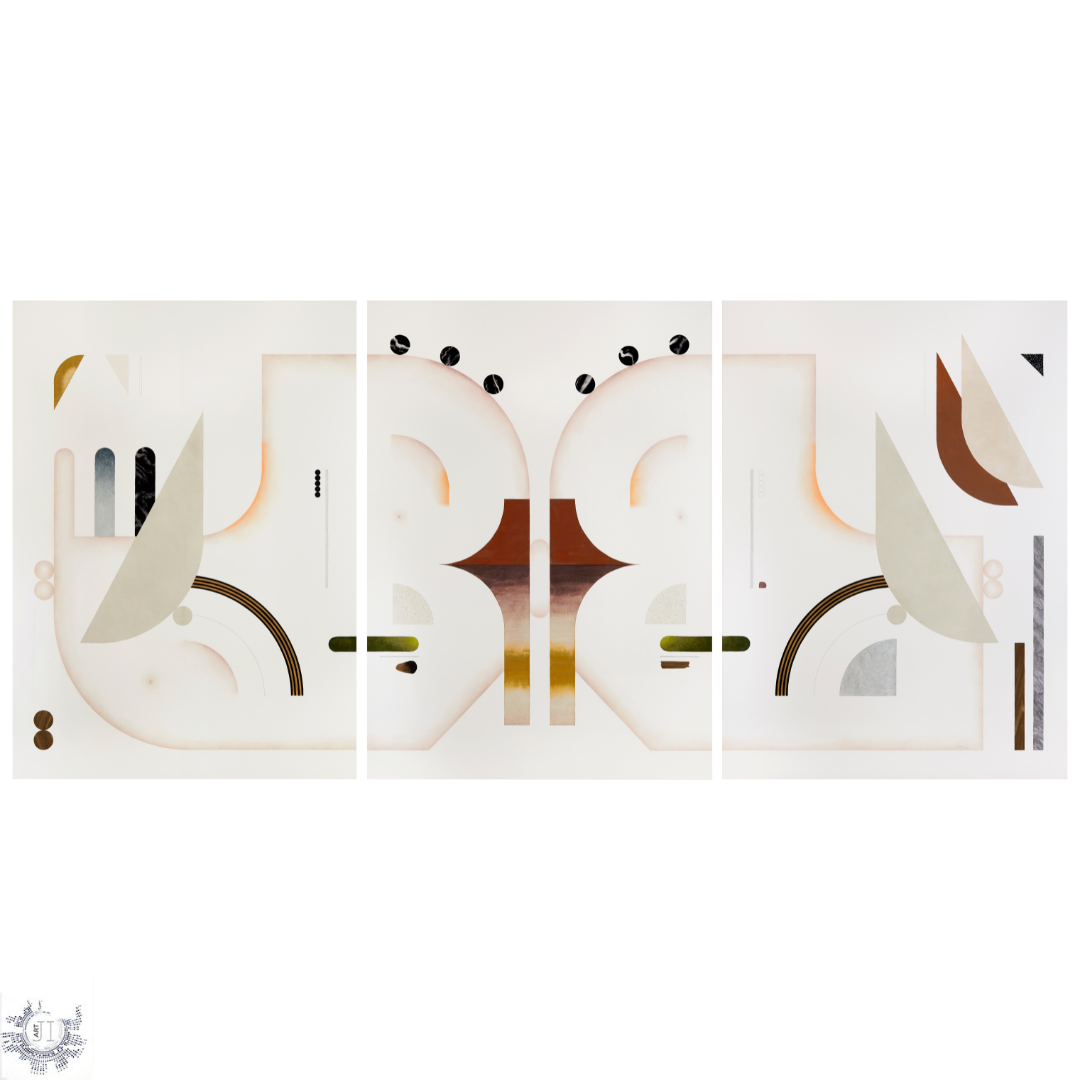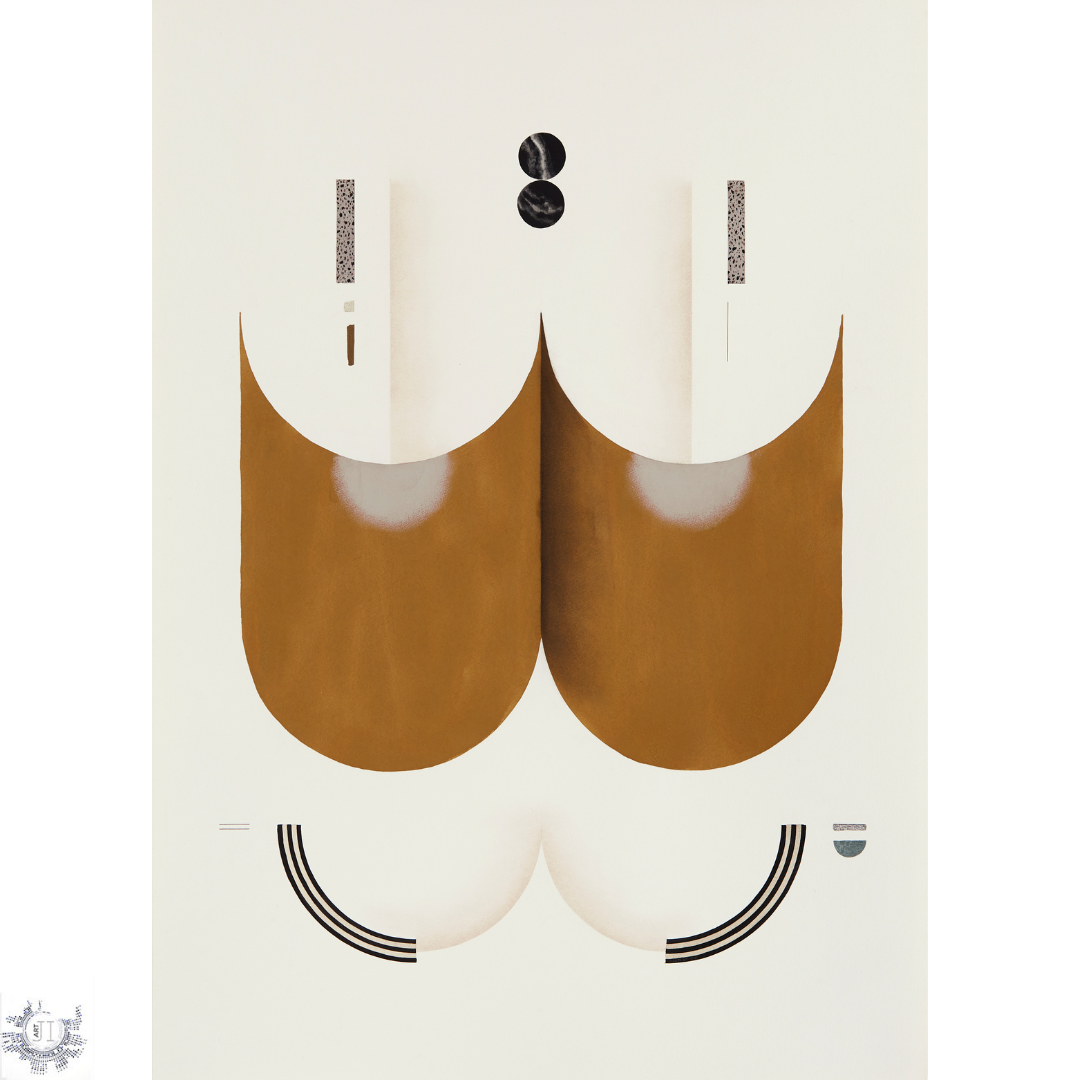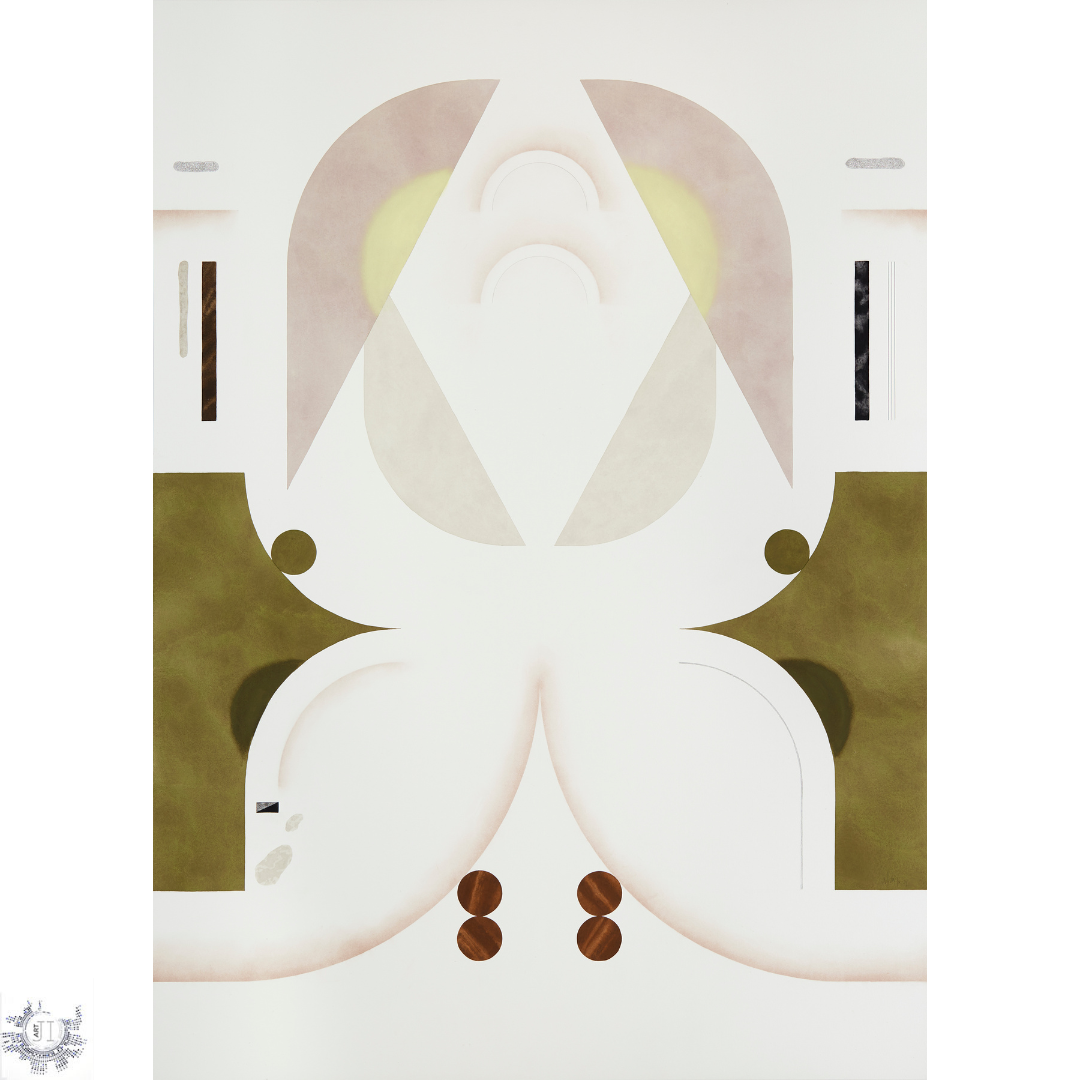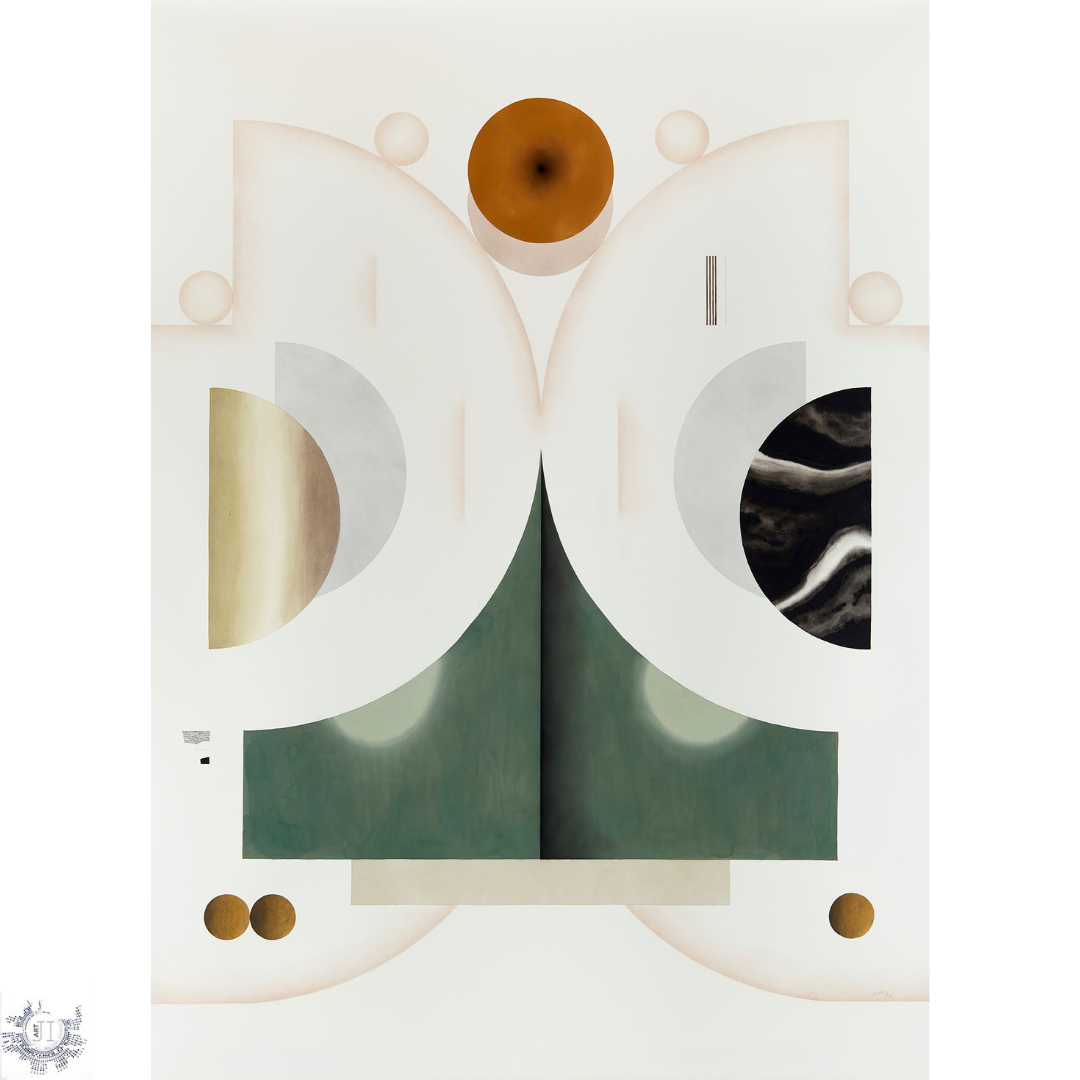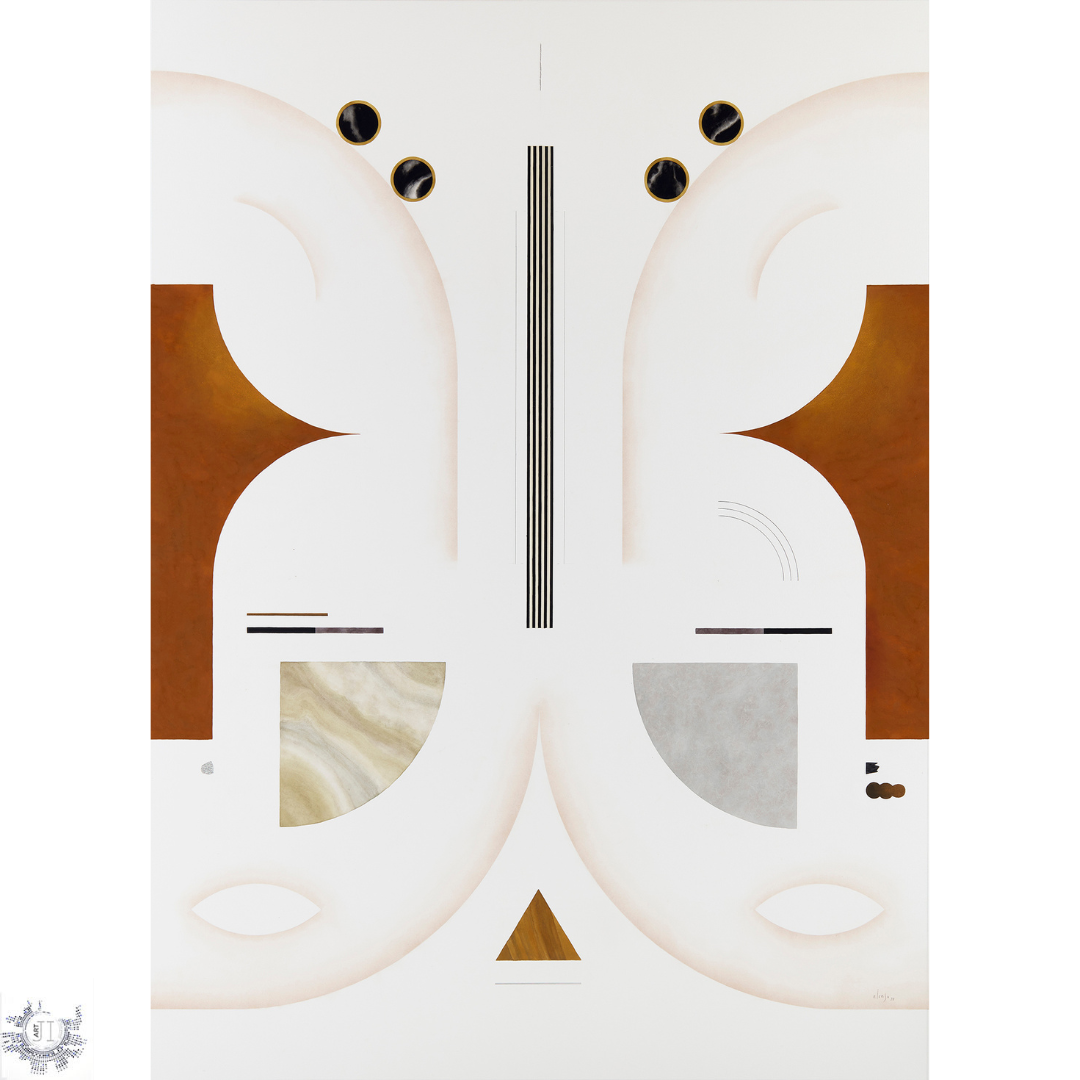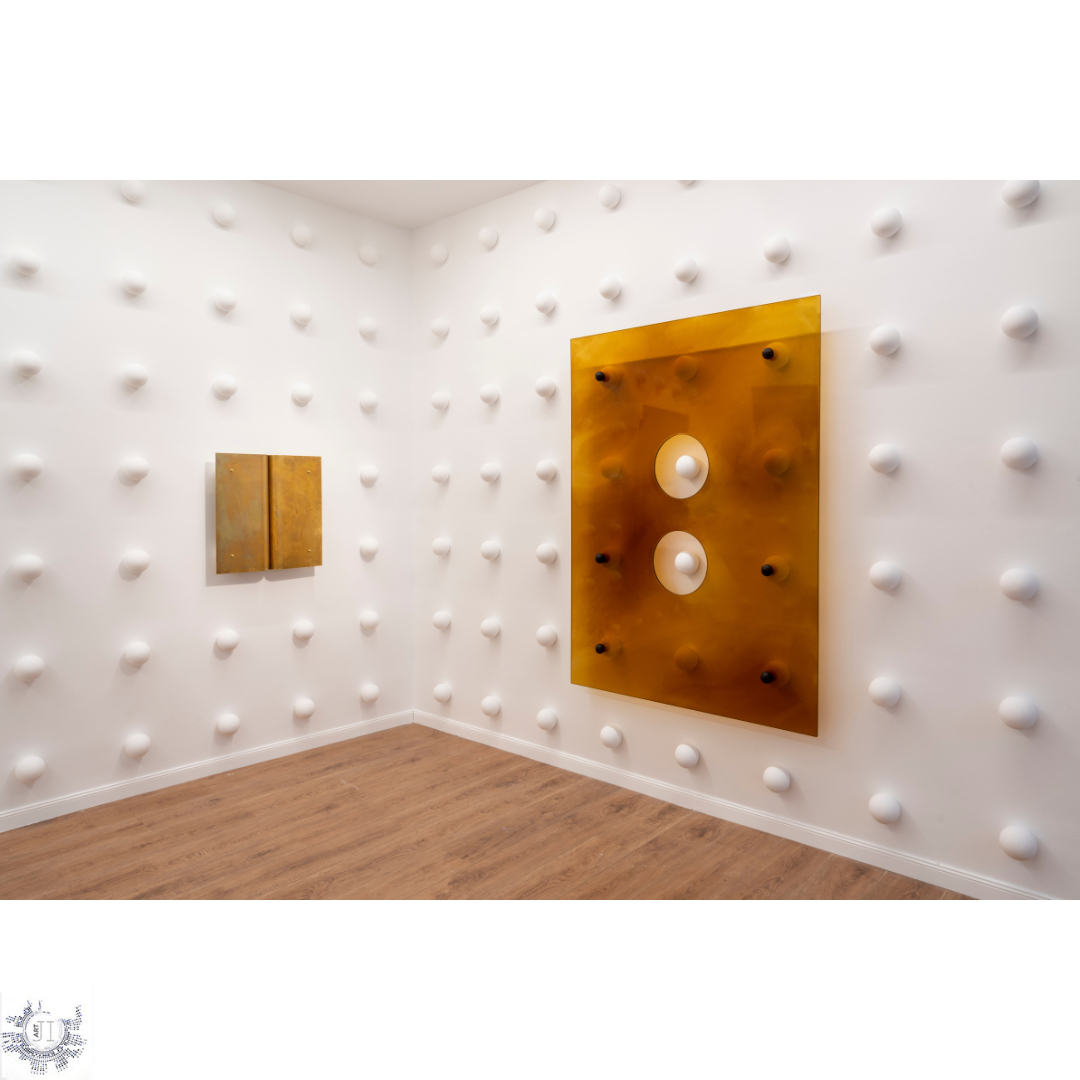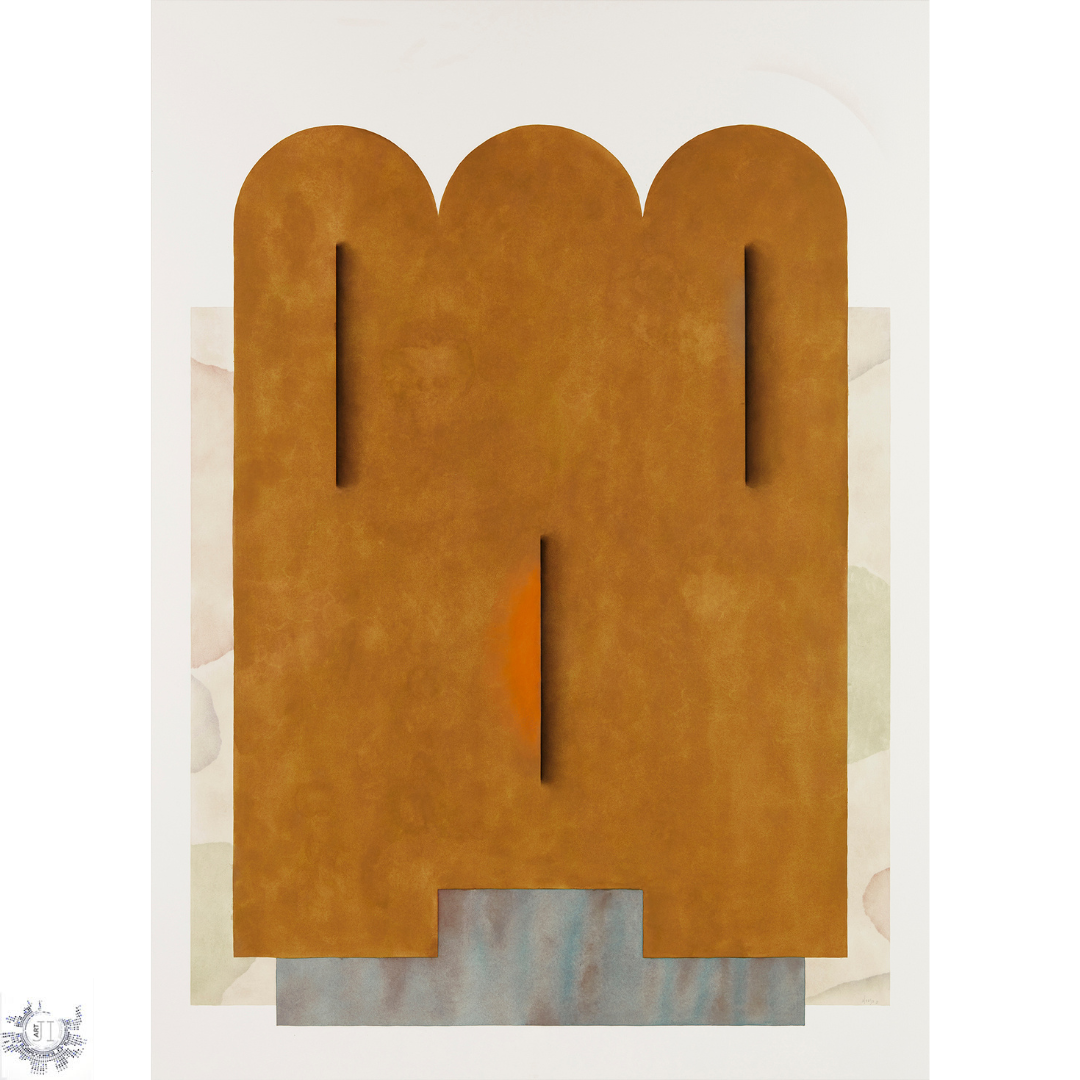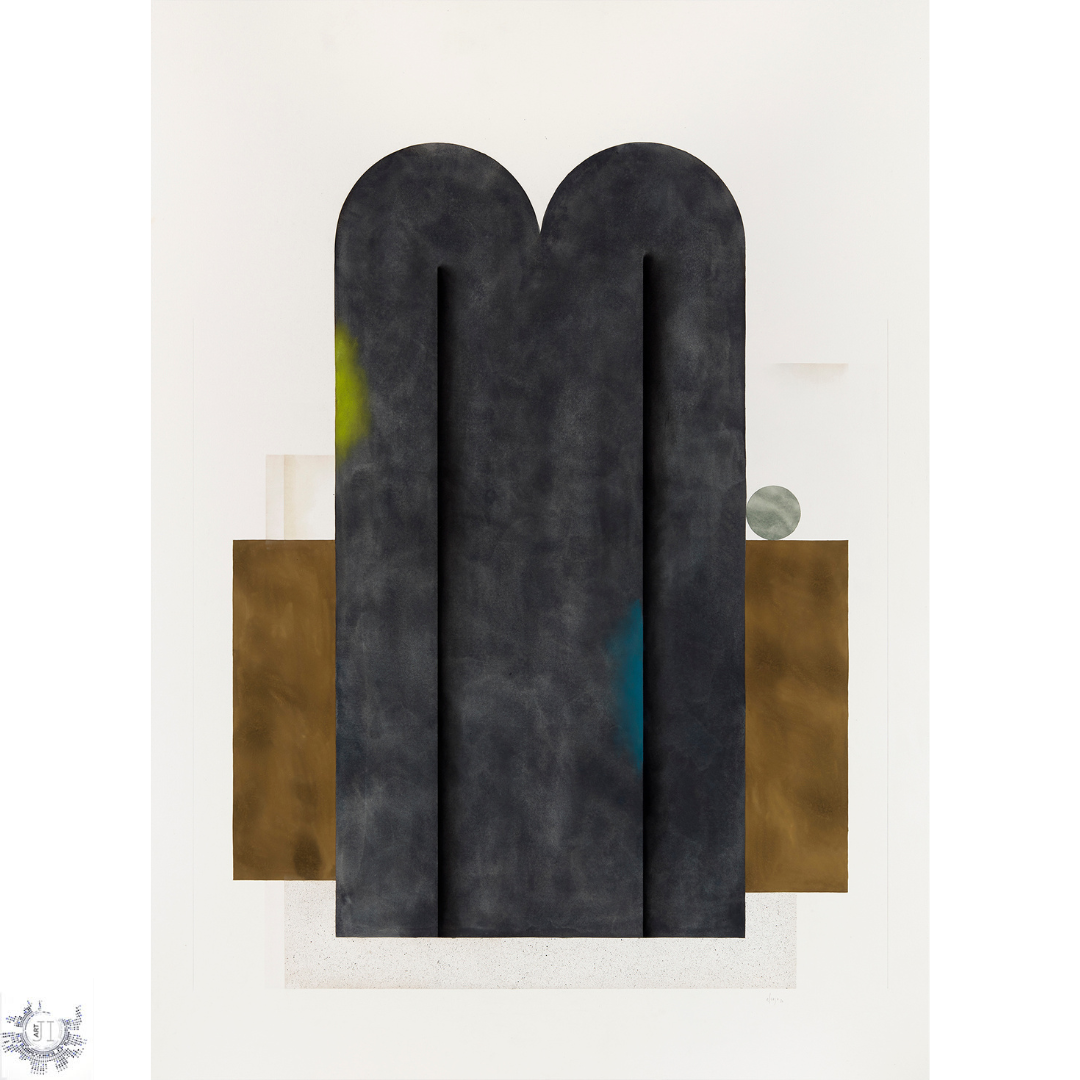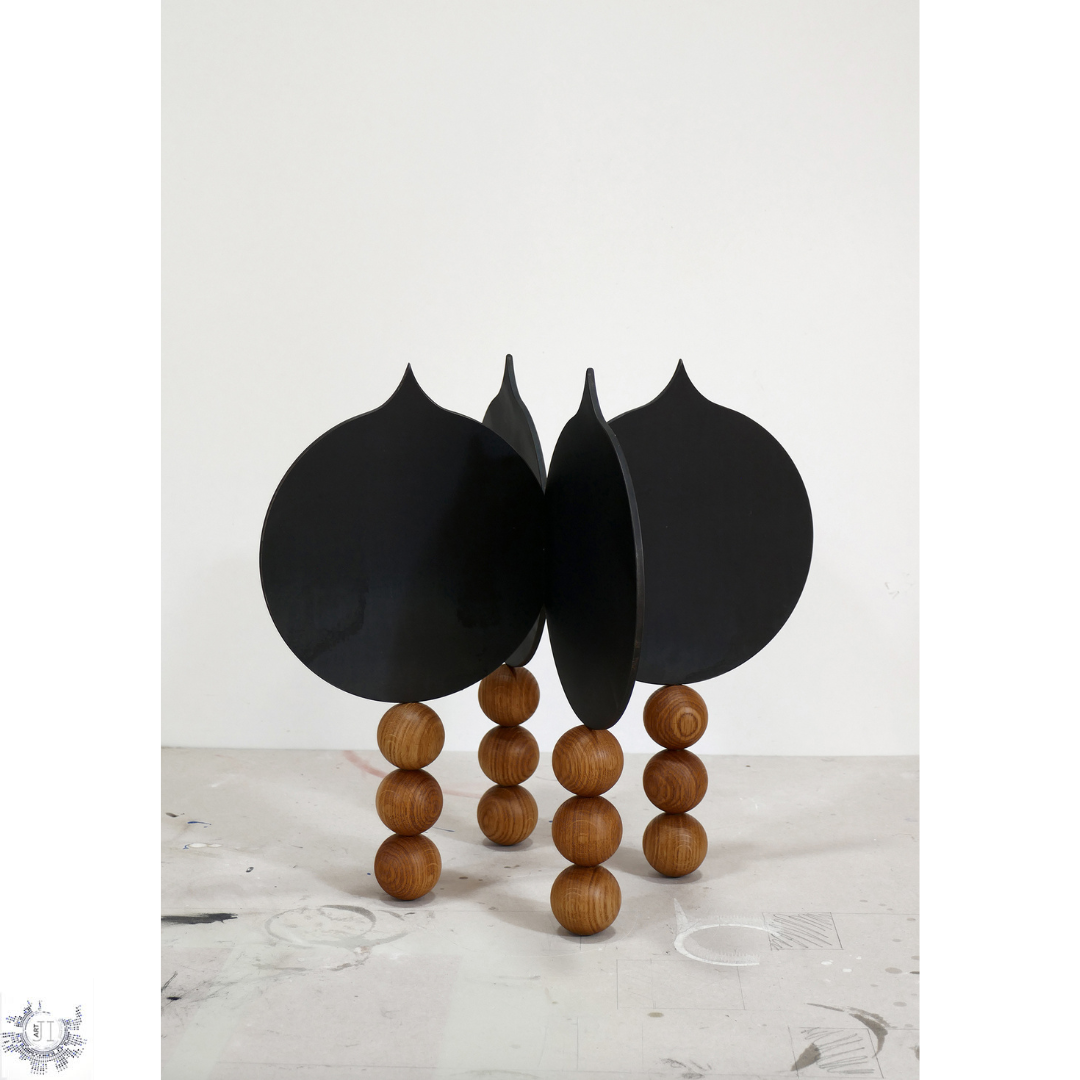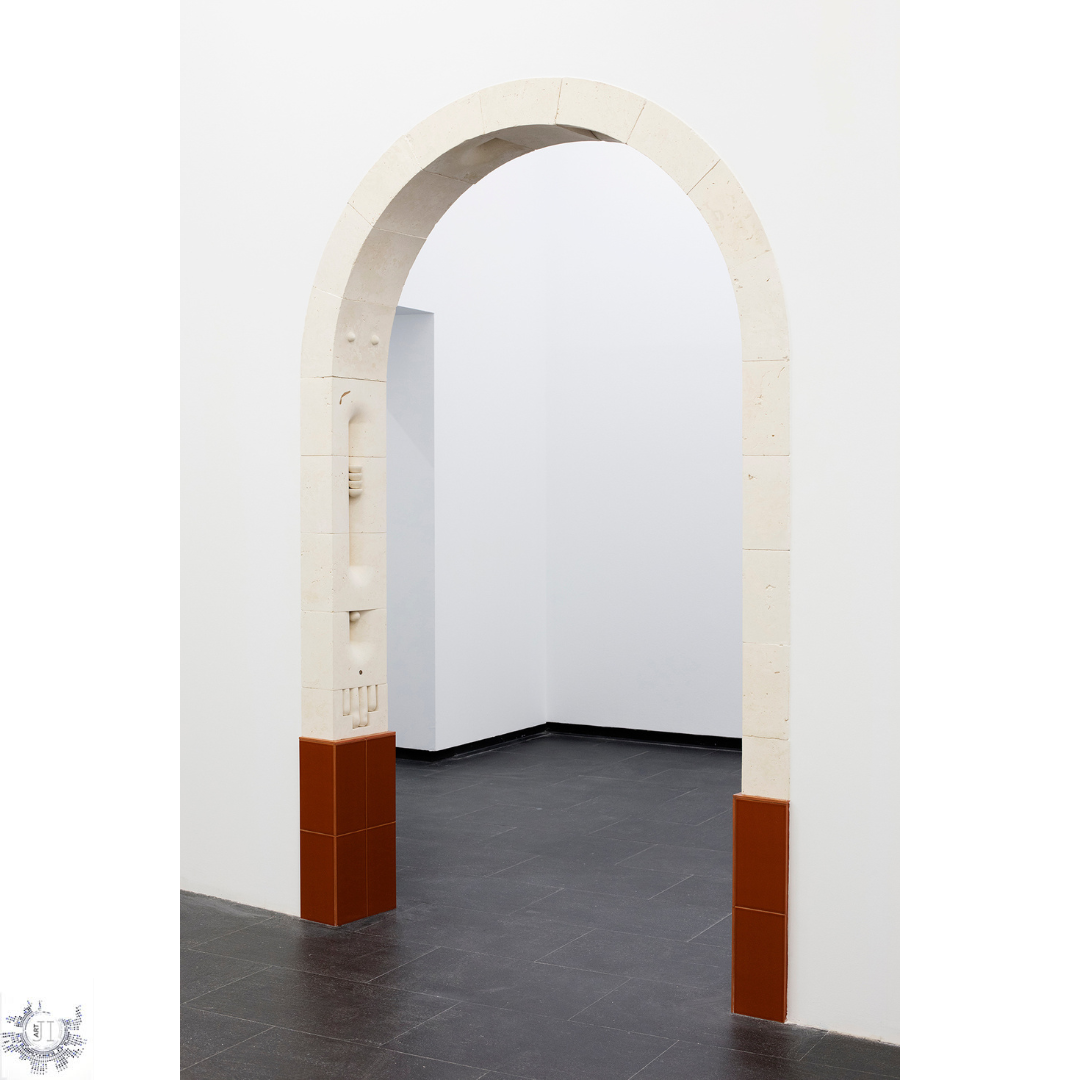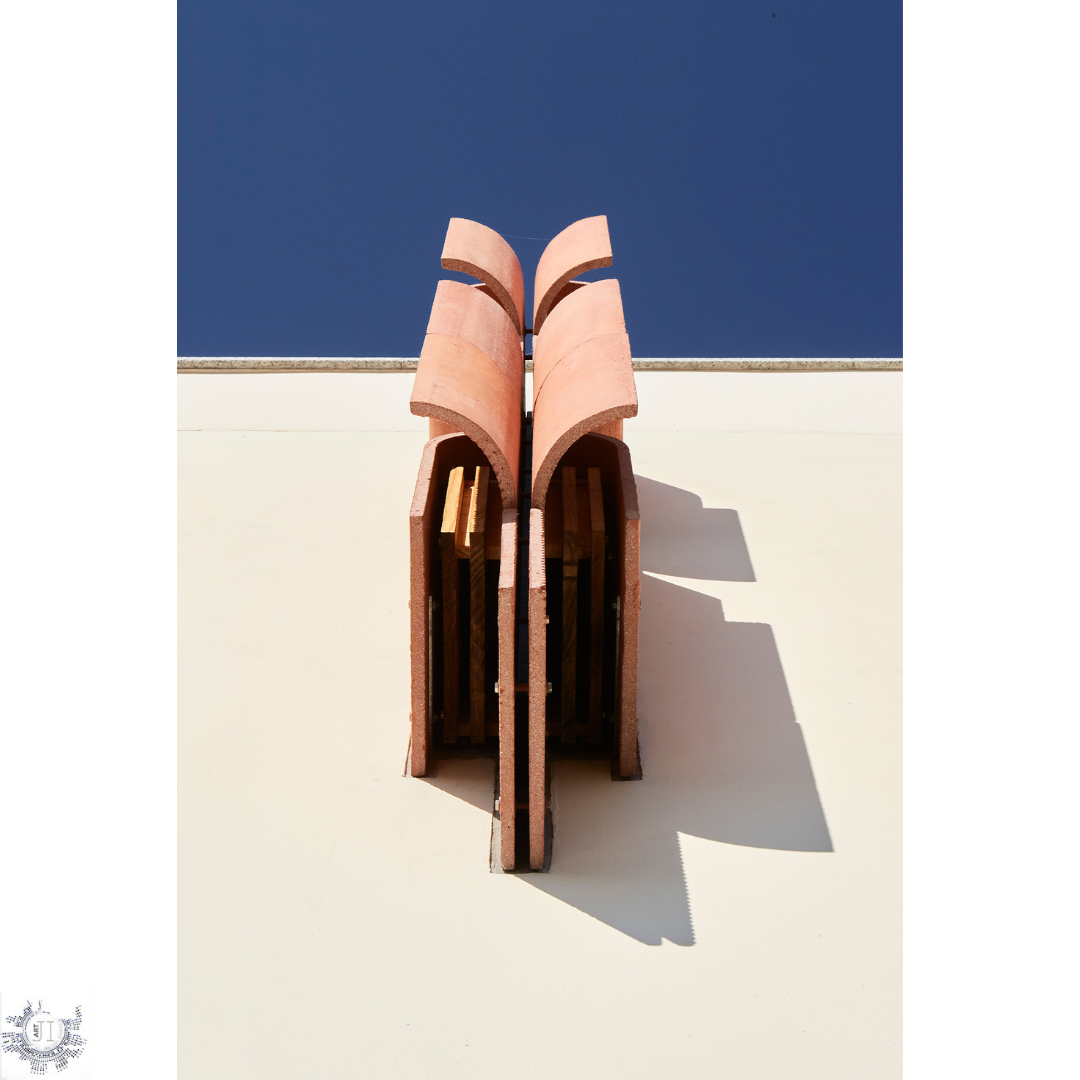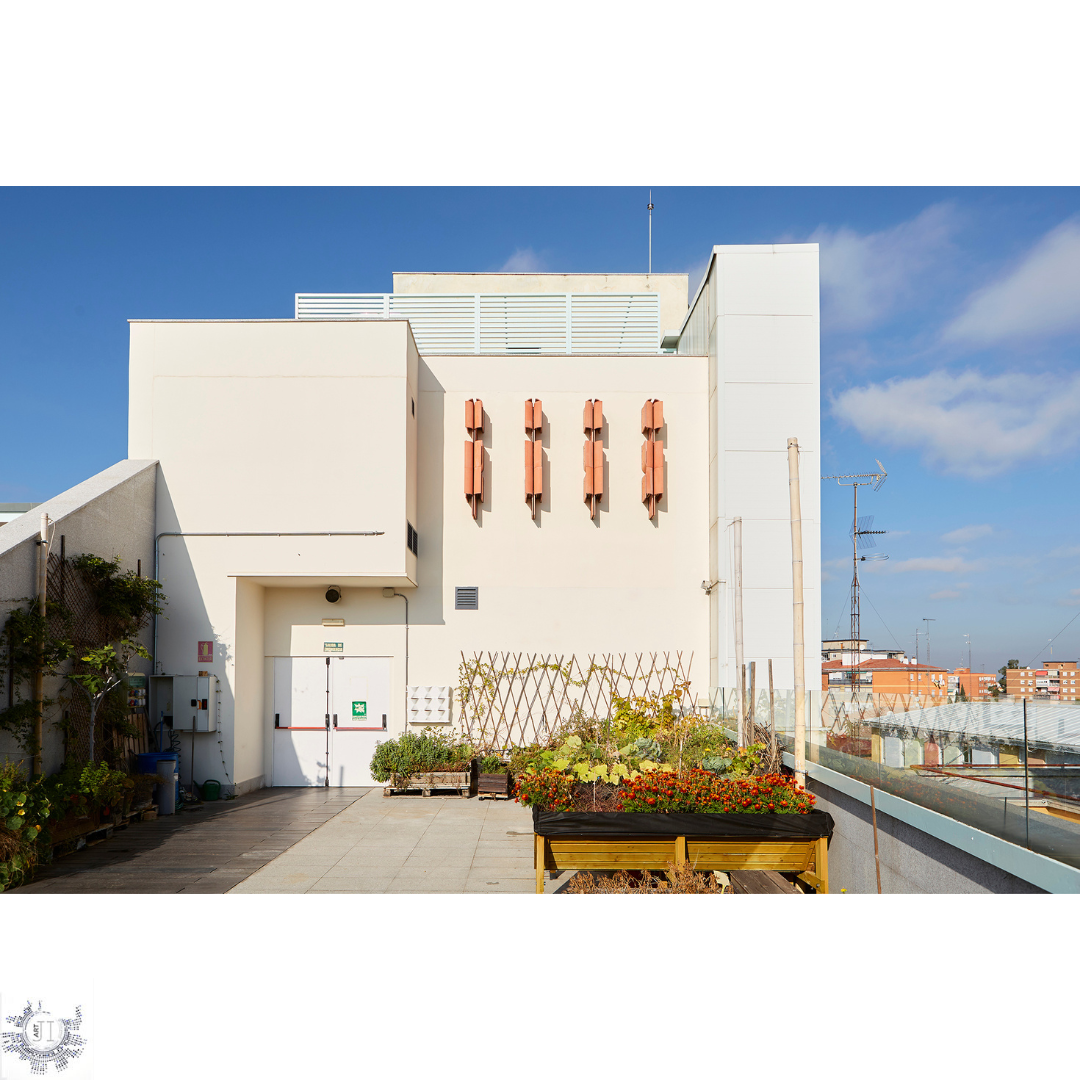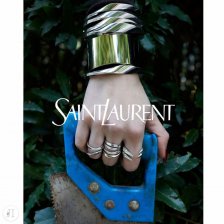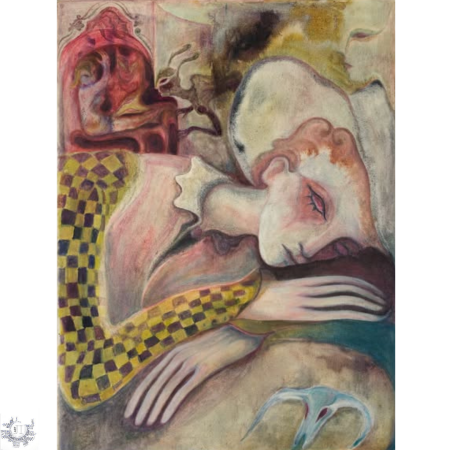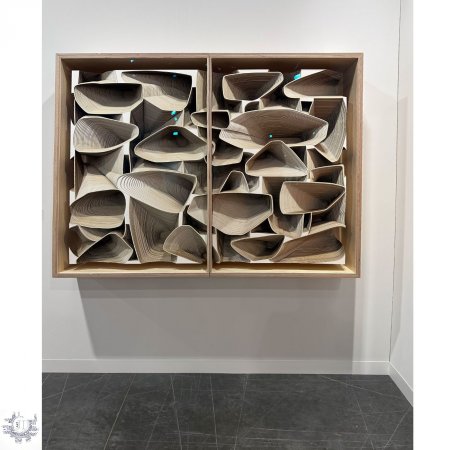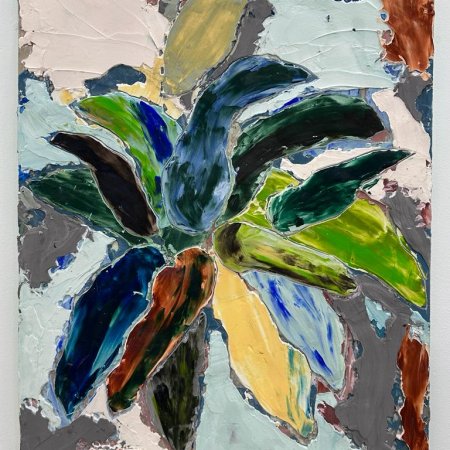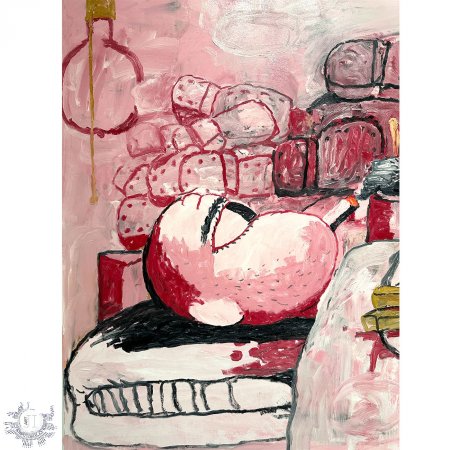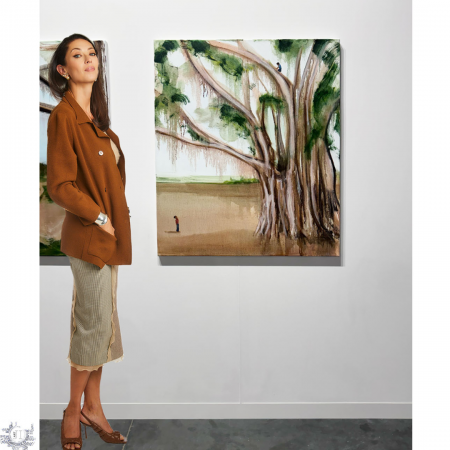SHELTERS FOR CITY BATS, SENSUALITY AND AI: AN INTERVIEW WITH ELENA ALONSO
Elena Alonso bridges technical drawing, architecture, design, and unique craftsmanship. Her work, spanning paintings, sculptures, and site-specific installations, is all about precision while maintaining an organic, tactile quality.
Through her meticulous and intuitive approach, Elena creates forms that balance structural rigor with sensuality, exploring the intersections between familiarity and strangeness, function and ornament, body and space.
There is evidence of a plan where everything has its place, but in an uncertain order or in a strange state.
Elena Alonso
The JI: Your work is deeply connected to technical drawing, architecture, and design. How do you balance the precision of technical methods with emotional warmth?
Elena Alonso: This balance is essential in my work, and I try to manage it between harmony and contradiction. I also enjoy playing with the confusion of both characters, mixing associations to design codes and plasticity. Measured and limited structures, generally symmetrical, suggest a will, a construction, something univocal that dialogues and is infused with the infinite nuances of a more organic and bodily process, not entirely controlled.
There is evidence of a plan where everything has its place, but in an uncertain order or in a strange state.
The JI: Some of your works seem to reference the human body in subtle and evocative ways. What draws you to this theme?
Elena: In recent years, I have made this reference more evident because I am very interested in the idea of autonomy and dependence of bodies and gender theories. I seek forms and shapes that evoke sensuality and sexuality in a very transversal way.
The scale of the human body is also the scale of my works. It is intentional if it's exceeded or reduced.
An example could be the use of measurements taken from furniture or household objects in many of my works. These measurements are designed for an average body, and we have culturally integrated them into our relationship with objects and spaces.
I am also interested in the habitability of some pieces or installations, which establishes a direct relationship with our volumetric and movement perception and attitude.
It is important for me to manipulate materials in a sophisticated way while also respecting their presence and purity, being very aware of their conditions, taking advantage of their characteristics – to also play with the strangeness and habitual perception we have of them.
Elena Alonso
The JI: Your use of materials and textures is meticulous and intentional. How do you choose the materials for each project?
Elena: First of all, I discard materials that are not durable. The selections are usually made simultaneously and in accordance with the rest of decisions that define each project, although sometimes the encounter with a material under specific conditions triggers a new process.
It is important for me to manipulate materials in a sophisticated way while also respecting their presence and purity, being very aware of their conditions, taking advantage of their characteristics – to also play with the strangeness and habitual perception we have of them. They are usually common materials, non-synthetic, with multiple, beautiful possibilities for being transformed.
The JI: Craftsmanship plays a significant role in your practice. How do you view the relationship between traditional craft techniques and contemporary art?
Elena: There are multiple paths for artistic practice and options for an artist's studio configuration. But in any case, I think this must be something conscientious and coherent with what is produced.
In recent decades, there has been an approach to craftsmanship at many levels, seeking ways to produce and consume more carefully, effectively, and bodily. Our artisanal tradition can teach us many things about how to better manage our material life, our relationships, and our time, and this can also be part of the concept and aesthetic in an artistic practice. This is my case.
I find objects of inspiration in furniture design, architecture, and craftsmanship, as well as in art. I look with special enthusiasm at classical and medieval cultures, the modern movement, or the successive feminist movements later on.
Elena Alonso
The JI: Which artists or art movements have influenced your work the most?
Elena: I am a bit eclectic in this sense. I find objects of inspiration in furniture design, architecture, and craftsmanship, as well as in art. I look with special enthusiasm at classical and medieval cultures, the modern movement, or the successive feminist movements later on.
These are some general examples, but my actual context is what constantly inspires me: the group of artists more or less close to me, whose work I admire, and which motivates me to make things better each time.
The JI: What was a pivotal moment in your artistic career?
Elena: You never know, because things always happen thanks to others.
But I would say the installation of "Visita guiada" (Guided tour) in 2017: a site-specific project for one of the warehouses of Matadero Madrid. I learned a lot when projecting for that immense warehouse that was also the opposite of a white cube.
I decided to face the impressive architectural presence with a more delicate and tactile piece, a crafted handrail that guided you through the space. The result generated excellent reviews and I felt that many people began to appreciate the possibilities and complexity of my work with a wider perspective.
The pandemic totally disrupted the research process. At that time, I couldn't think clearly about the habitability of any piece or project: how bodies would move and interact. I finally installed a piece under the rooftop of a museum. It is a group of sculptures that serve as a refuge for bats.
Elena Alonso
The JI: What has been your most challenging project?
Elena: A few years ago, I was commissioned for a permanent intervention at the CA2M Museum in Madrid, a public museum. It was a project that I approached with great respect and evaluated meticulously.
I had to work with time and space in a very different way than I was used to, and the pandemic totally disrupted the research process. At that time, I couldn't think clearly about the habitability of any piece or project: how bodies would move and interact in the Museum. In 2021, I finally installed a piece titled "Al cuidado de las pequeñas sombras” (In The Care of Small Shadows) under the rooftop. It is a group of sculptures that serve as a refuge for bats.
With this proposal, I managed to bring together several important ideas I was working on since the beginning. I wanted to open a place in the Museum that escaped the continuous resetting and control of the interior spaces. I also wanted to think about the Museum's program beyond the cultural one, and to work with an idea of contamination or exchange between the inside and the outside. It is a piece that I hope will continue to enrich itself over time.
When I am involved in a project, I think a lot about how it will relate to the works of other artists close to me that I admire and with whom I can luckily share thoughts.
Elena Alonso
The JI: You’ve worked on various site-specific installations, including a long-term intervention at CA2M Museum in Madrid. How do you adapt your artistic language to different spaces and contexts?
Elena: Each project has its own research and contextualization work with the space, and this determines the material, format, and practical choices. I try to ensure that the connections between the intervention and the place occur in multiple directions. There are some common aspects determined by the methods I use for projecting and by my drawing works, but I strive to seek and enhance the particularity in each case. This is what ultimately gives coherence and meaning to site-specific work.
The JI: Living and working in Madrid, how has the city influenced your artistic practice and outlook?
Elena: My artistic context is my primary reference when working. When I am involved in a project, I think a lot about how it will relate to the works of other artists close to me that I admire and with whom I can luckily share thoughts.
In a city like Madrid, the local area is extended, and the artistic scene is varied and high quality. The differences can be substantial, but somehow there is a material and emotional awareness and understanding.
I think that if an artist needs to knead clay to find meaning in their work, they will not stop doing so.
Elena Alonso
The JI: How do you see art evolving (or devolving?) in the times of rapidly developing and omnipresent AI?
Elena: There is no doubt about the enormous utility of AI, and that it will be increasingly present in our daily activities.
But in artistic production, I believe it will be just another tool and a field of research and creation.
For me, it is now difficult to distinguish what type of uses will withstand the test of time.
I think that if an artist needs to knead clay to find meaning in their work, they will not stop doing so.
I believe there are other factors that could result in more drastic changes in production and art market dynamics, such as the depletion of natural resources.
